|
When I signed up for a 200-hr yoga training years ago, I thought I’d be making shapes and memorizing anatomy. I was wrong. I mean, it *was* that... and so much more I never saw coming. I learned yoga isn’t a work out — it’s a work IN. It’s a well-documented, time tested, ancient lifestyle of living in harmony with nature. It’s not just for young people or flexible people, or people in yoga pants. Yoga is for each and every one of us… for real. Whether we call ourselves a spiritual person (or not), an outdoorsey person (or not), a motivated person (or not), a great public speaker (or not), a person who wants to teach others someday (or not) ... an [insert anything] person... or not. Yoga is a philosophy that fits into every nook and cranny of life, if we let it in. It gives us a roadmap to move through life with more ease and grace.
We not only learn about our body from an anatomical level, but also an energetic level. We are mind-blown to discover what our breath actually does to us on the inside when we use it properly — and we are proud of ourselves when we finally take up meditation long enough to see the positive benefits trickle into every part of our life. We learn rituals, leadership, confidence, lineage, philosophy and shapes to enhance our soul so we can live more purposeful lives. And during SHEWild Yoga Teacher Training? We take all that... into the great Alaskan outdoors. We gather with a group of fellow women during a week-long immersion at @ArcticHiveAK, bookended by two live Zoom weekends and a handful of check-ins. Over the course of three months, we learn together, grow together, and explore together — with the goal of becoming the brightest version of ourselves. If you’re curious, please reach out. Enrollment is open for 2024, and I’d love to chat with you if you’re feeling called to the arctic! 🥰 Sending love, Mollie
0 Comments
If you missed Part 1, about finding Arctic Hive, click here. If you missed Part 2, about how my cousin Jamie inspires me, click here. It was always part of the deal marrying Sean that we’d need to live in the mountains. Growing up in the Midwest, my only concept of “mountains” was from a few memorable ski trips with extended family in the 90s. If you know, you know — my family wore matching crew-neck sweatshirts screen-printed with the year to commemorate our trip “out west”. I had very little idea of what lay beyond the Rocky Mountains. Alternately, Sean grew up out west — all he knew was mountains. In his mind, everywhere has been a stepping stone in the direction of the 49th state. I think I wrote it off and laughed, “We could never do that!” so many times that I’d blocked it out as a possibility all together. When I told an intuitive friend that we’d found our forever home in Montana, she told me: “I don’t see you staying there. I feel like you’ll go further north.” “Further north” in my limited mind meant somewhere between Whitefish, Montana and the Canadian border, 1 hour drive north... that didn’t leave a ton of options! But by 2016, everything started to become clear... Sean had experienced a number of strange, seemingly unrelated medical issues. We were building a life off-grid at the time, and while the hard, outdoor labor likely flared his symptoms, it also fueled his drive to become incredibly in tune with his body and with the earth. I remember so many healing days we spent in our straw-bale garden, herding our 40+ chickens, ducks and turkey’s, and building our first off-grid cabin. It was hard work — and we loved it. Sean did what he does best — research, and advocate for himself to get the care and the diagnosis he knew was within reach. He suspected Lupus before he ever heard a doctor say it. By the time they officially diagnosed him, his research had reached a fevered pitch. Unbeknownst to me — or anyone that doesn’t live with a chronic disease — Sean was carefully calculating the reality of life as a professional snowboarder with Lupus and deciding how to heal himself from the inside, out. What Sean did next amazes me, to this day. He told me with complete conviction: I’m moving to Alaska. After years of hearing this phrase, I knew this time he meant it. It was the epitome of Warren Miller’s sentiment: “If you don’t do it this year, you’ll be one year older when you do.” Mountains are his healing place — and after years living in Montana in close proximity to Glacier National Park where we were always the “odd ones” living off grid, that place had served its purpose... and he knew it. Like the thousands of species of birds, caribou and other creatures that set their course to migrate to the arctic tundra, Sean intuitively set his own inner compass to find healing in Alaska. (Below: Sean with our sweet senior Weimaraner, Daisy on that first journey north! Below that, our “starter” mounted to the roof with smiling Glacier and Powder.) Despite years of telling myself (and everyone around me) that we would never leave Whitefish, I finally realized that wherever Sean was is my home. All the yoga studios and quaint resort towns in the world would never fill my heart the way Sean could. So I followed my best friend north. It took us a few years, and it took a lot of imagination (as I explained in part 1!), but we landed at the (literal) end of the road here in the Brooks Range. As life would have it, Sean wasn’t the only one who found healing in these mountains. The personal growth and life wisdom I’ve earned creating our life in the arctic was something I never anticipated as a part of this journey. Turns out, the path was calling me just as much as it called to Sean. And so, we arrive back at the idea of “I could never do that...” If I’d clung to that statement, I’d still be in the place I thought I wanted to live without the one person I wanted to live there with. “I could never” was a a self-imposed limitation keeping me from all the possibilities on the other side. The truth is: If we keep saying “I could never,” we keep believing it. And I’m here to tell you (as is Sean) that on the other side of “I could never,” there is self-confidence, wild adventures, and inevitable healing to be had. Sean now lives his best, healthiest life, despite T1D, epilepsy, Rheumatoid Arthritis, and Lupus. Instead of allowing these autoimmune diseases to keep him from living life, he has learned to find harmony with his body and peace in his mind — which I’ve been fortunate enough to learn through him. There are days he has to take it easy, just like there are days I have to do the same! Our partnership has become stronger through the mountain of challenge we’ve overcome.
All the while, the Brooks Range peaks sit here — as they’ve always done... quietly observing life unfold. If you’re telling yourself you could never do this, or that... it’s time to stop and consider — if even for a moment — what if you could? No pressure. Just see what happens next. Sending lots of love. Thanks for following along on our journey. In light, Mollie If you missed Part 1 of this story, click here to read! If I’ve heard it once, I’ve heard it a million times. They ask: “Is it really that cold / dark / wild in the arctic?!” Yes! The next words out of most people’s mouths start with Oh, I could NEVER... I smile and nod. I love to enlighten people with stories of the magical foam board that keeps your tush warm in the outhouse at -40F. Or telling them how liberating it is for women to learn to pee outside! But my inner wordsmith can’t help but chide when they claim they could never do this or that: You actually can. You’re just choosing not to. And sure... they’re just words. But I’d argue that words are everything. Words bring us together. Words tear us apart. And words have the power to help actualize the things we cannot imagine otherwise. So today, I’d like to tell you a story to support my assertion that we should all think twice before we say I can’t... Meet my cousin, Jamie Jensen: Jamie was diagnosed with cerebral palsy at birth, rendering him quadriplegic. Today, he’s a living miracle at over 40 years old. And while my memories of growing up with Jamie are limited to extended family gatherings and holidays, I always recount his intelligence, his sense of humor, and the fact that if he wasn’t steering his motorized chair from A to B with his two right fingers, one (or more!) of my aunts, uncles or cousins was moving him to where the crowd was... on a boat, in a van, at the table, or cozied up to the bar. He has always been just as much a part of our family as anyone. (Quite often, he’s the life of the party!) Although I didn’t know much about Jamie’s life or his faith journey while we were growing up, he and I connect more often these days to check in and swap stories. And, I recently learned more of his origin story through a feature on the TV show, 60 Minutes, and also in chapter six of the book, “Everyday Miracles of Lourdes,” by Marlene Watkins. Hearing his story through the eyes of others was inspiring. I learned Jamie’s turning point was about two decades ago, on his first trip to the Sanctuary of Our Lady of Lourdes, in Southern France — the site of 70 miracles recognized by the Catholic Church. His sister (my cousin, Francesca) pushed for him to visit, not necessarily with the hope to save his body — but rather, to save his heart from bitterness and resentment built up over time. In short, his trip to Lourdes was profound. He felt his own miracle so deeply in his heart that he recommitted to his faith and has guided pilgrims as a Lourdes volunteer every year for the past 19 years. Jamie played an important role in revolutionizing the airline industry and how they tend to disabled guests, especially on international flights. Out of his entire chapter in the book (which you’ll just have to read yourself!), what struck me most was Jamie’s answer to a simple question — if he could do anything, what would he wish for?
Watkins writes, “Jamie could have wished to move a limb for so many other reasons most of us take for granted in our mobile daily activities. Jamie could not scratch an itch, brush his teeth, open a door, wipe away a tear or sign his name. Yet if he could move his arm, only once, it would be to make the Sign of the Cross.” The reality of Jamie’s heart-felt “I can’t” confession had a ripple effect that is still being felt throughout the international Lourdes community today, and beyond — all the way to my heart in the Alaskan arctic. His “I can’t” serves as a sacred reminder to all of us who can to be grateful for what we can do. Not merely proclaiming “I’m grateful” ... but practicing gratefulness through our words and actions. Whether you, too, make a second Sign of the Cross in honor of those who cannot, or — if that gesture doesn’t resonate — choose to do the same with a different sacred ritual you have. Or... perhaps you simply curb your instinct to say “I can’t,” when indeed, you can. Reserving the words “I can’t” for when we truly mean it is a mindfulness practice, in and of itself. My hope is that every one of us can find gratitude for the things we can do — and make peace with those we cannot. Have a great holiday week — I’ll see you in your inbox on Sunday for the third and final story in this series. In light, Mollie “It’s perfect...” he breathed. I looked around, trying to see what Sean was seeing in that moment, on a snow-covered plot of land in the middle of the Brooks Range. After exploring via skis/splitboard, it was clear there were no roads in or out, and the closest human contact was a village of 10-ish people a mile away, of whom we knew... no one. There were one million reasons to say “we can’t”. But it was 2019, and we were in a season of saying “yes.” I was traveling back and forth from Montana to Alaska, to Wisconsin, to India and back again. I owned yoga studios in the lower 48. In years prior, Sean had settled our cabin on the Kenai Peninsula, and had permanently moved to Alaska — patiently waiting for me to do the same. We were saying yes to all our desires and dreams, even when they didn’t yet make sense in the larger puzzle. I craved a nest, but — I’ll admit — I couldn’t “see it” in the arctic like Sean could on that fateful day. (Below, me skiing onto the land in 2019) What I lacked in imagination, I made up for in trust. I trusted Sean’s instincts. I trusted our ability to work together toward a common goal. And above all else, I trusted that the Universe would funnel us to where we were meant to be. “We can’t” would have been appropriate response to the idea of building a retreat center in the arctic, 7 hours from civilization. “We can” was the direction we chose. (Below, that same view as above… just a few years later!) Because the truth is: We can. I can. You can... do just about anything so long as you decide it. Once you say yes, the Universe unfolds in mysterious ways. Usually, the outcome looks nothing like your original plan — and that’s the fun of it. Like bowling balls headed toward pins, sometimes the Universe puts the bumpers up and we get funneled directly to our destination. Other times, we go straight into the gutter and miss the pins completely. In either scenario, our only job is to get ourselves into the lane. From there, we say YES to the nudges from the Universe... because we can. We say NO to opportunities that divert us from our primary goal — because we choose not to. Eventually we hit a pin. And if we’re paying attention to what feels good, we know we’ve hit a strike because we want to do it all over again. I’ve learned so much from living on this land in the Brooks Range — but perhaps my greatest lesson has been understanding that I can do anything I set my mind to. On behalf of wordsmiths everywhere, hopefully I’ve made a solid case to shelve the phrase “I can’t” more often — and opt for the mindful awareness of “I choose not to,” instead. (Below, Sean and the pups enjoying the last week of sun before Polar Night begins late next week!) Or... perhaps you’ve made it this far and you still don’t see the point in caring about words. Luckily, I’ve got a few more stories up my sleeve this week!
Stay tuned tomorrow for a story about someone really special in my life. If he can’t convince you that you can, perhaps no one will. Until then, Mollie Finally, the van starts to slow. It’s time. You look excitedly out the window, even though you can barely see a thing without any streetlights. You’ve successfully wrangled on all your necessary layers for the hike, your feet are toasty warm in your winter boots, and your legs are begging for a stretch after a long day of travel. You step out of the van, and the cold tickles your nose as you reach to your forehead and click on your headlamp. Light illuminates your path. You’ve arrived. It’s funny. You’re smiling — and excited! And it doesn’t even cross your mind that you’re thousands of miles from home, above the arctic circle in a tiny village with people you just met during the darkest week of the year. This is the magic of Winter’s Womb. The 20-minute walk to Arctic Hive goes by quicker than you’d imagined. Perhaps it’s the fact you’re impressed with the layers you brought… they’re actually keeping you warm! Or how you’re pleasantly surprised you made fast friends with fellow retreat guests on the journey north. Or perhaps you’re just in awe of the courage it took to get to this moment... because you have absolutely no idea where you’re going because it’s completely dark outside, aside from a sliver of a moon and the light of your collective headlamps. Suddenly, you notice a glow in the distance... As you get closer, you notice that there are twinkle lights, strung through the trees, illuminating a world that just minutes ago, was completely dark. The group goes quiet, with only the crunch crunch crunch of snow under-foot. Arctic Hive’s yoga studio, wilderness lodge and cabins come into view, as faint outlines of towering mountains become visible in the distance as your eyes adjust. “This is magic in real life,” you think to yourself. This is the magic of Winter’s Womb. I had to tell this story because that moment is one that I look forward to all year. Admittedly, I feel that vibe with every retreat we host. But Winter’s Womb always hits different — a little extra magic, being the darkest week of the year with the turn of a new chapter just a few days away. And to answer your next question: No, it's not completely dark all day! Over the Winter Solstice, when Winter's Womb is happening, we have four hours of "twilight" every day without the sun coming over the horizon. It's hard to put into words — you just need to experience it for yourself! We spend much of those four “daytime” hours outside exploring, and then as the darkness sets in, we’re usually winding down with restorative yoga and a delicious meal together. For reference, all the photos I've put in this email were taken during an actual Winter's Womb retreat. As the days goes on, I love seeing the camaraderie our guests feel with a group of women they’ve just met... their child-like wonder to see “Arctic Mascara” — which is when ice crystals from our breath stick to our eyelashes in the cold temps, making it seem like we have white mascara on! If all goes according to our master plan, the Northern Lights silently paint the sky out the window each night. And something that might surprise you about this retreat (and our REWild retreats) is that as much as half our attendees have little-to-no experience with yoga. They are open to it, and here for the experience... but they arrive as a blank slate. I say all this because we’re headed into the “season of stuff.” Candy, mountains of food, gifts, parties and big ticket sales at every store. There will be money that needs to be spent, money that needs to be saved, and — perhaps — there will be resources carelessly spent because, well... ’tis the season. The more time I spend living in the arctic, the more I’m reminded of an important truth: We don’t take any stuff with us when we die. Morbid, sure... but true. The magic I feel when I put on a snazzy new item of clothing can fade overnight, just as the vibrancy of the fabric fades after a few washes. On the other hand, the magic of the things we see and the adventures we take? Those stick with us if they’re meaningful enough. Those are the things that cause a welling up in our heart — that put life into perspective — and that feed our soul with the simplicity of being at ease in nature. And if you’re anything like the guests who’ve visited before you: A visit to the Brooks Range will leave an imprint on your heart that will last a lifetime. If not this year, perhaps 2024 or 2025. We’re not going anywhere.
(Although, scientists do predict this winter will be the best Northern Lights in 20 years so…) If you have any questions and you're on the fence, don't ever hesitate to shoot me an email! Just a few thoughts I’m grateful to share with you today. In light, Mollie The hike-in on arrival at Arctic Hive is one of my favorite parts of welcoming any retreat group to our home. It’s similar to what I remember feeling when kids hopped off the bus on day 1 of summer camp. Looking around at faces and feeling the energy of the group, there’s always a mix of emotions circulating— especially during the seasons where it might be raining, or extremely cold, or in the summer/fall before snowmachine access when they get to hike-in their own luggage. (Pictured below are the teens who visited us this summer for a fundraising retreat with Riding On Insulin. They hiked in all their own gear — and IMO, did a pretty amazing job of packing light!) There’s the inevitable restlessness from travel, layered with anticipation and excitement. I know this feeling well, myself. You’ve spent months preparing for this adventure, trying to anticipate the experience with 2D reenactments via photos, videos, testing gear, and chatting with others who’ve been… but (and here’s the best part) upon arrival and seeing the Brooks Range in full-color 3D, you realize it’s for the best that all your expectations are getting unceremoniously tossed out the window. The only way forward is into the unknown! And, because you’ve done all the prep to get yourself this far, you’ve gently escorted your nervous system out of its comfort zone, into a challenge zone where you best learn and grow. (Below, I'm hiking the winter trail with my mother-in-law, Mary Lou! She and Sean's father visited us this May, which really solidified their understanding of our life here in the Brooks Range.) Sean and I make it our mission, as hosts, to help guests learn and grow throughout their stay. No question is a dumb question — and no conversation topics are off limits. (Especially as we give everyone a tour and “lay of the land” on day 1!) If needed, we cover how to pee in the woods, how to brush your teeth without running water, how to conserve solar power in the cabins, and more. Even guests that have camped all over the world seem to learn a little something new about the nuances of Arctic Hive. (Below, on a hike with our March REWild Retreat.) We value rest and relaxation time too; guests establish their own comfort zone in our cabins, dining spaces and yoga studio… and each day we venture out to experience new things — making all experiences customizable and optional depending how each individual is feeling. When one group wants to hike further, and another wants to head back, we split the difference and Sean goes with one crew, and I with the other — giving everyone just enough challenge for the day, without one group feeling overspent or unfulfilled. The goal is to create (and hold) space where all needs are lovingly tended to, and guests stay clear of their personal “panic zone” — so they can challenge themselves in healthy ways while they learn new things about arctic ecology, the subsistence lifestyle and (optional!) yoga. (Below, our April SHEWild Yoga Teacher Training crew — enjoying some freshies by the iconic Wiseman sign. This spot is a must-stop on every tour we take of the village with guests.) Maybe you never thought you could have a “home” away from home in the Alaskan bush… but here at Arctic Hive, you’d probably surprise yourself — as all our guests do — and walk away a more confident version of yourself.
In light, Mollie I remember in the first few years of owning a yoga studio, folks would come in for their first class and tell me: I’ve been following you for 2 years, and have finally made it to the studio! And I'd always wonder: What is it that, after two whole years, finally makes someone book a class? The same phenomenon happens today as people tell us that seeing the Northern Lights and/or crossing the Arctic Circle (or making the trek to Arctic Hive!) are on their “Bucket List." We smile and nod… and now that we’ve been at it a while, we're seeing those folks finally signing up and committing to their dream, which is an honor to witness and a joy to guide as a host. (Below, crossing the Arctic Circle during "Winter's Womb" last December) But, I’ll admit I don’t know what exactly sends someone over the threshold of making a life-changing leap. I believe it has to be deeply personal... a sacred inner oomph, and we finally give ourselves permission to say YES, against all odds. My own life has been a long string of important, impulsive decisions that have led me to places beyond my wildest dreams, without any regret… so this idea of “waiting for the right time” isn’t really in my wheelhouse. (For better, or worse, ha!)
So this brings me to the present moment: Sean and I have watched some epic aurora displays over the past week — including some incredible moments during our Fall Equinox retreat, and I got to thinking what would push me over the edge if the Northern Lights were *still* on my Bucket List… And then — thanks, Universe! — a family member sent us an associated press article this morning that read, “Scientists have predicted that the next 18 months will see the highest activity of aurora borealis in the past 20 years.”
So… yeah. Combine that with the fact we are located directly under the aurora oval here in the Brooks Range, so your chances of seeing them are not just good… they’re oustanding. There are reasons to be patient… and there are reasons to just do it. Maybe this nudge will do it for you.
As the great ski cinematographer Warren Miller once said, “If you don’t do it this year, you’ll be one year older when you do.” And that, my friends, is the truth! In light, Mollie Let’s talk about window trim. If you know, you know. But, if you’ve never watched a home transform through a build process, you might not understand the magic that happens when the window trim goes up. In my mind, it’s like coloring. You sketch something lightly, then add color, and blend textures — you spend so much time on the details. And then, one day, you take a ball-point pen and draw outlines. All of a sudden, your creation pops. It feels complete. Or… maybe I’m just a big fan of coloring inside the lines? In any case: Window trim, for me, is a finishing touch that signifies the end of a chapter is near. Now, the aesthetic of my chosen decor has finally come together: As a result of the window trim completion, I feel more spacious. I organized the cupboards. I baked homemade bread. I revived our kombucha scoby. Nothing life-changing, but all life-enhancing. Aren’t those always the things that fall to the wayside when life gets busy? Hygge (pronounced “hoo-gah”) is a Scandinavian word that describes my shift in attention. And because Sean and I feel so deeply connected to the Norwegian lands and traditions — it’s no wonder their word describes exactly how I feel. Hygge is the yin after the yang of summer… it’s is the perfect medicine for transition. And believe it or not, autumn is in full swing in the arctic. Think of hygge like a commitment to cozy — for the sake of being cozy. Fluffing up the couch cushions, cooking comfort food, pulling out sweaters from storage, spending more time over coffee and tea… essentially creating comfort all around so that by winter, “home” provides a needed contrast to the harsh environment outside. By embodying hygge, your environment makes it easy to appreciate the simple pleasures. Summer’s unique challenges here in the arctic give life an intensity that would be unmanageable year-round — we stay up many long nights in the midnight sun, there are endless maintenance projects around the property, and hikes with the dogs blend fun with pure chaos without the predictability of lines and a dogsled. Cooler temps, picking lingonberries, and turning leaves (like the ones on the tundra in the photo below) are a welcome change… and this year, I feel more at home that I ever have, heading into winter. Every time I look out our windows, I notice the trim and I’m filled with gratitude for being done. For feeling spacious. And for the opportunity to focus on the simple things that make living here so magical. I hope you can find this same pleasure wherever you are.
In light, Mollie I’ll say this: We didn’t start out with the intention to own 14 dogs. Of course I was warned… it’s called “kennel creep” in some circles. “Just one more…” is a common theme until one day you find yourself with a full sled dog yard! In our case, I truly believe each dog arrived serendipitously, and each dog has played a role in making us the dog mushing family we are today. But why? — is one of the most common question I’m asked by friends, family and strangers alike. And while you might assume it’s because I love dogs and I find puppies irresistible… that’s not even the short of it. In truth: The answer is multi-faceted and worthy of a few newsletters! Growing up in Central Wisconsin, I always loved visiting my Aunt Susan’s farm. She had horses, Bernese Mountain dogs, cats, a wild fox she’d rehabilitated, rabbits, chinchillas, and aviary… there were animals everywhere, and given that I never grew up with pets (other than a cat who died when I was young), Aunt Susan’s house felt magical. For one of my birthday parties in early elementary school, I brought my two best friends to Aunt Susan’s house to see the animals and ride horses. Not much of that day sticks in my mind, because the experience was eclipsed by the moment I fell off a horse. The wind was knocked out of me, and I remember feeling mortified that I was the one who fell off. That is the moment in my life I’ve pinpointed as the day my stubborn self decided “I didn’t like animals.” From my vantage point today, it seemed like I made an overnight decision but I’m sure it was gradual, over time. I remember avoiding dogs at my friends’ houses because “I’m just not an animal person.” I had a few experiences after college in the late 2000s that started to open my heart. All my closest friends had dogs, and most memorably, I would house-sit for a family with two Dachshunds named Stella and Lulu. Imagine my surprise when I discovered the pair were accustomed to sleeping underneath the covers, plastered to either side of me at night! In February of 2010, I met Sean through a series of serendipitous events, and I made my first visit west in April of that year — and until I arrived, I had nearly forgotten Sean came as a package deal. I would need to share his affection with two rescues: Foxy (a feisty fox-red lab) and Daisy (a mischievous Weimerainer) and — just as quickly as I remember hating animals, all my walls melted away as soon as I met those girls. I never turned back. That same year Sean and I met, Foxy died suddenly from liver failure - and we knew Daisy needed a companion. We came across a Weimerariner rescue in California who had a sweet male Weim up for adoption named Dexter. From the moment he hopped in our car for the first time, Daisy and Dexter were inseparable… until my dad convinced me to leave Dexter in Wisconsin with him in 2012. Let’s be honest: It wasn’t really “convincing” me, so much as telling me Dexter was his dog after a three-month stay! It made my heart swell to see how enriched my parents’ lives were with the presence of a dog. As the years went on, Dexter brought a light to their lives during Dad’s Alzheimer’s diagnosis, and I know things would have been much more difficult without Dexter’s goofy presence. After six months of flying solo with Daisy, we were inspired to bring another dog into our lives. So begins the story of Glacier… (Photo credit below: DJ Pierce) Which (as you’ve likely guessed) will be the story for the next newsletter! Have a great holiday weekend!
In light, Mollie Flash forward to today in Wiseman... A question we’re often asked is how everyone in Wiseman makes a living. I’ll preface this by saying the people here are some of the smartest people we’ve ever met. Not surprising when you consider everything it takes to subsist in this part of the world. What we all share in common is self-sufficiency, a deep love for the wilderness, and for preserving this incredible place. Although I’m not privy to the inner workings of every household, I can confidently say one’s living is usually made by a mix of government/national parks jobs, tourism-related contracts, and entrepreneurial endeavors such as running lodges/B&Bs, artistry, trapping and dog mushing. Internet-based work hasn’t been reliable up until just this year, with the construction of an AT&T cell tower 17 miles to our south, cell phone boosting devices that amplify the signal, and companies like Starlink that are rushing to launch enough satellites to service regions of the arctic. While we're grateful for the increased bandwidth for connection, I'm also grateful I can walk outside my door for a few paces and find myself immersed in an infinite "no reception zone." (Below: A gathering at mail day...) Every week, on Monday at 11am, the village gathers at one couple’s home for Mail Day. Our mail gets delivered to their home in the village once a week, and the time is much more than just “grab and go.” If our schedules allow (which they usually do!) we typically stay an hour or two for tea and coffee, chatting about the latest news — of which the aforementioned Haul Road drama, subsistence rights and wildlife preservation, and tales of everyone's current projects makes for a lively conversation! For the longest time this fall, there was a sled of 8 tiny puppies that would also attend mail day! Their mother, Iris, belongs to one of the villagers, and it came out after six weeks that they were looking for homes for the pups — ideally in the village. You know us: If you show us puppies every week for six weeks, how can we NOT get one? Or two? (This is how we acquired our little fluffy puppies, Poss and Ulu.) People also ask us if there are any trails here in the winter. Our answer is always an emphatic: YES! There are tons of bush trails which we all put in via primarily snowshoe and dog team, and (rarely) snowmachine. All the trails are unmarked, ungroomed, and go at your own risk — just like everything up here :-) Winter trails are always dependent on snowpack and weather conditions year to year, but many of the same trails are made annually with names like “The Gravel Bar,” “Minnie Creek Trees,” and — new this year, “Mario Land.” There’s also somewhat of an unspoken code for re-breaking trails after big snowstorms and wind events. We all pitch in, so we can enjoy the trails all winter long. In fact, this was a big reason we’ve been expanding our dog team the past few years… Sean and I both like to mush our own teams, and it takes 5-6 dogs per team to go the distances we want to go. Do the math, and you’ll realize quickly how we ended up at 12 dogs… and might just have a few more coming soon! To live (and thrive) here year-round, you have to fully experience winter… and survive completely on your own. Getting outside and enjoying the season and — ideally — enjoying the chores that go with it is what keeps us from cabin fever and seasonal depression. A hefty supplement of vitamin D helps, too! For Sean and I, dogsledding isn’t just a hobby. It has become our lifestyle — and our family. The dogs are also part of the experience for guests who visit Arctic Hive, too. We've even realized our dream of dogsled assisted backcountry skiing and snowboarding! There will be much more of that in the future as our team grows to necessary capacity. Funny enough, there are far more dogs in Wiseman than people. As of today, there are 38 four-legged friends that call this village home. And yes, we know every single one by name!
I was moved to write all this after a few days ago, nearly the entire village got together to help a fellow neighbor raise his massive 14-18 foot walls on his new home he’s building this summer. Although it’s somewhat rare to all come together for a common cause like this, it felt good to work together. There were smiles all around after a job well-done. As independent as we all are, I guess it truly can “take a village” :-) In light, Mollie |
Want to make sure you never miss an update from the Arctic? Click the button above, and our stories and updates from the Arctic will go straight to your inbox.
Archives
December 2023
Categories |
- Home
- About
- Press
- SUBSCRIBE
-
Retreats
- Retreat Calendar
- Bring a Group
- Harvest of the Heart: A Fall Equinox Yoga + Hiking Retreat
- Winter's Womb: A Women's Only Winter Solstice Yoga Retreat
- REWild: A Northern Lights + Yoga +Adventure Retreat
- Arctic Awakening: Learn how to be a dog musher in the Alaskan Arctic!
- Paws to Peaks: Dogsled Assisted Backcountry Skiing and Snowboarding in Alaska's Brooks Range
- Yoga Training
- Journal
contact usfind us |
keep in touch with usSubscribe to our newsletters for occasional updates, retreat dates, and more. We promise we won't send too many emails — and we'll always show pictures!
|
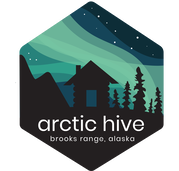
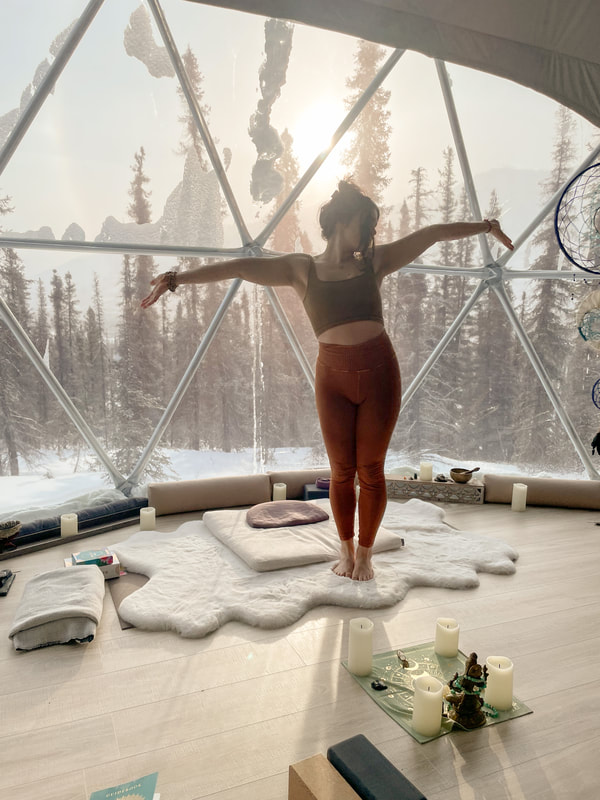
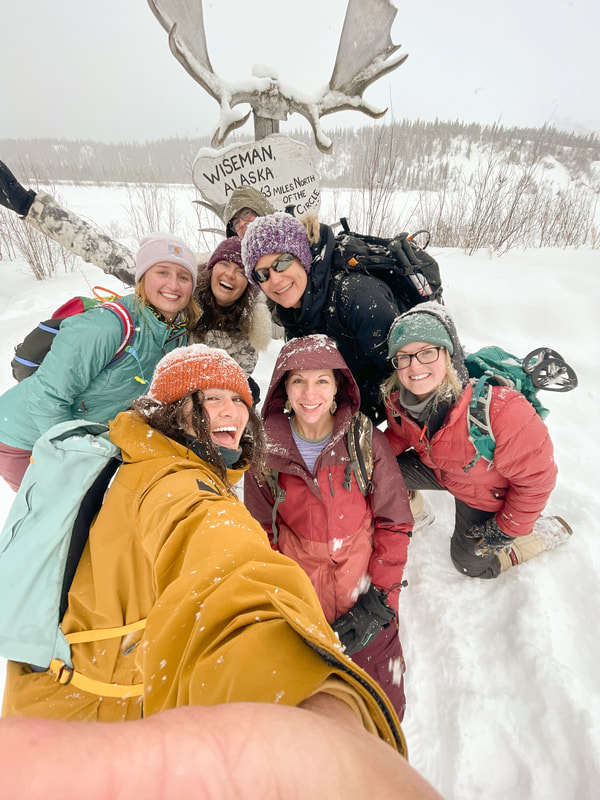
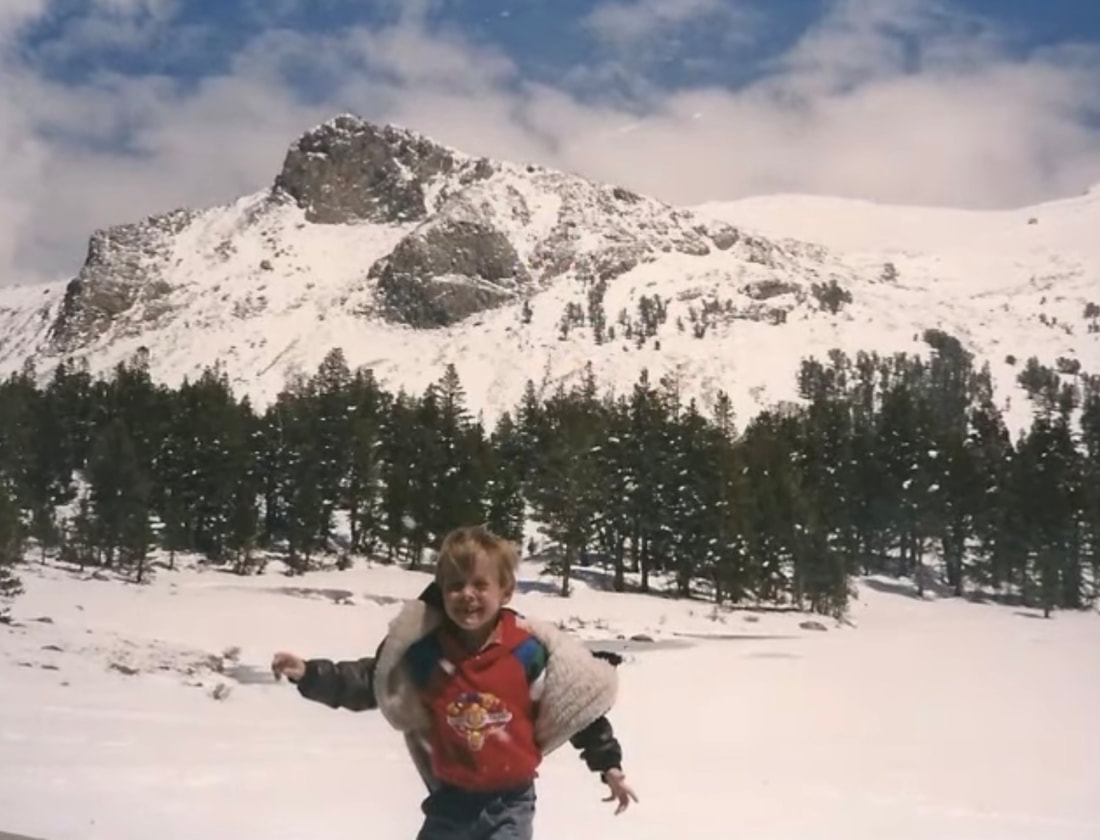
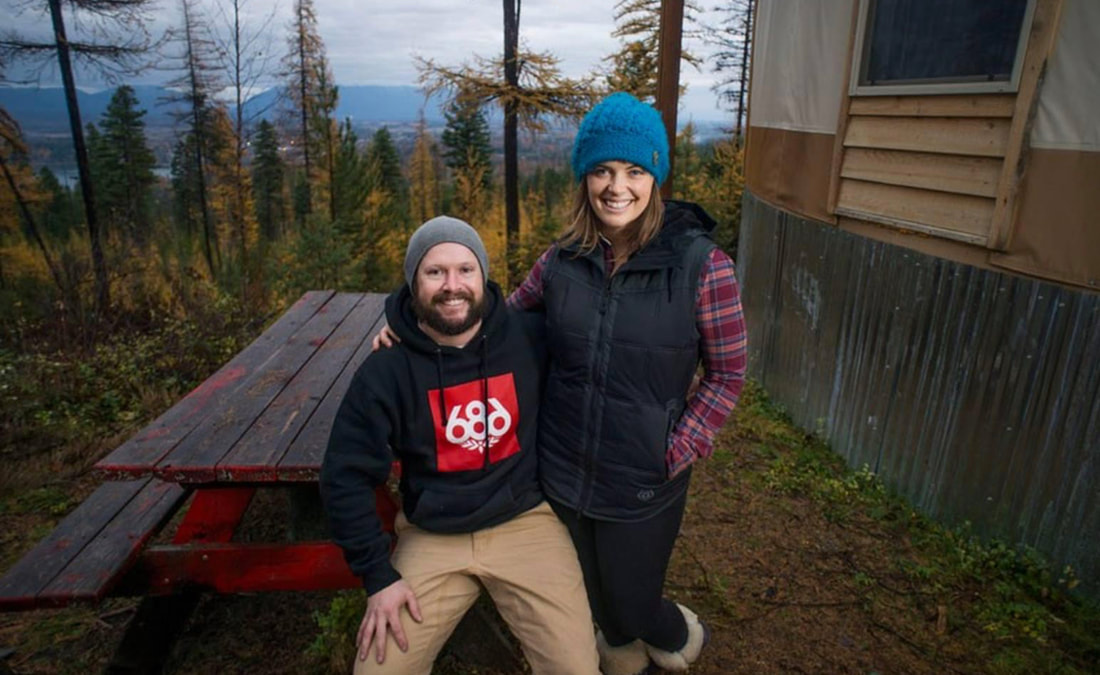
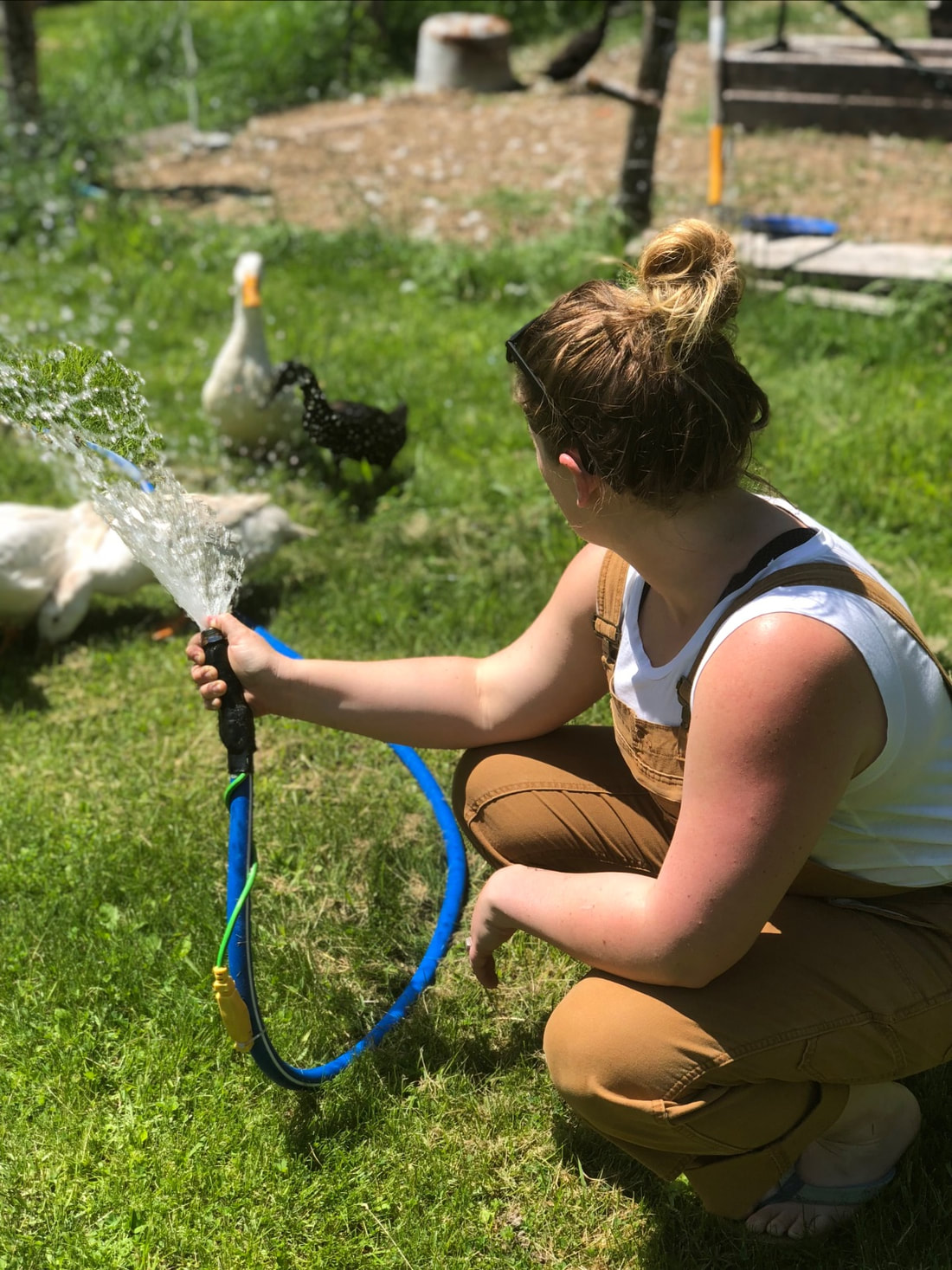

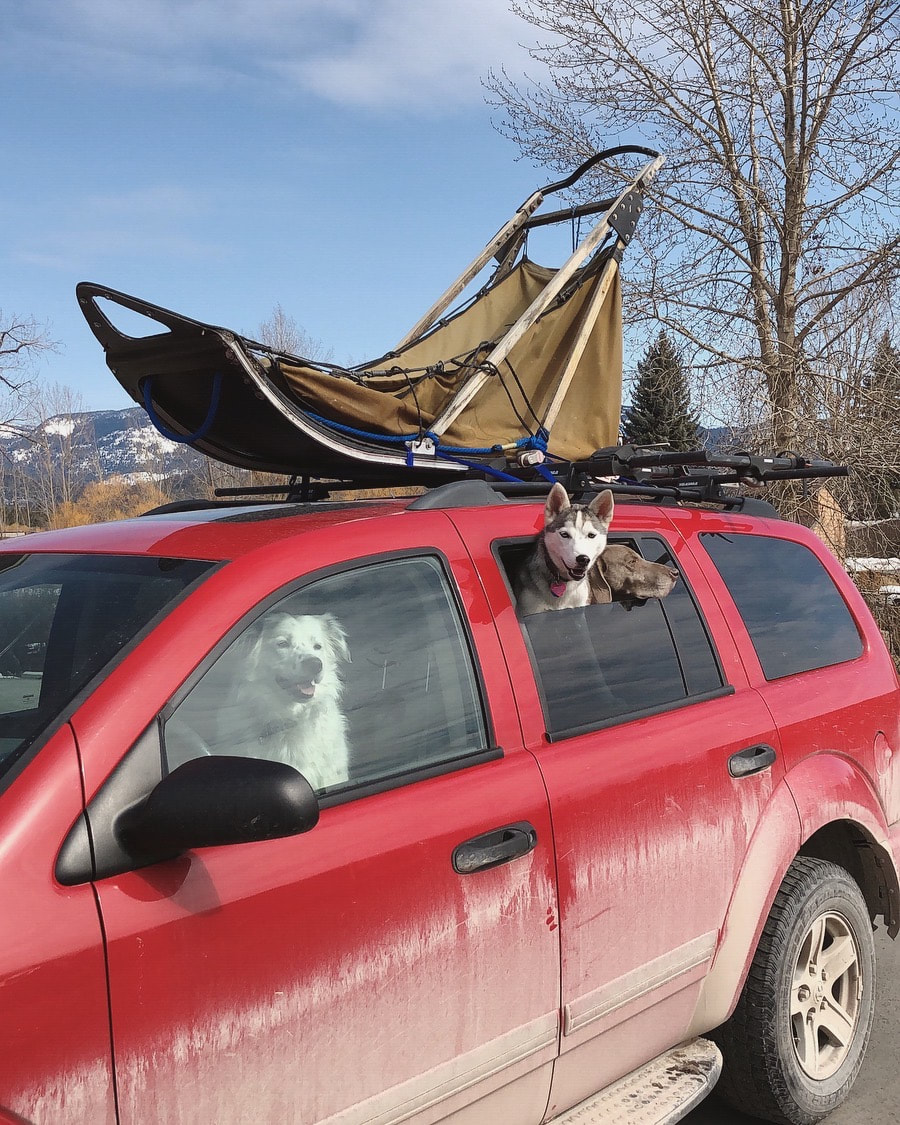
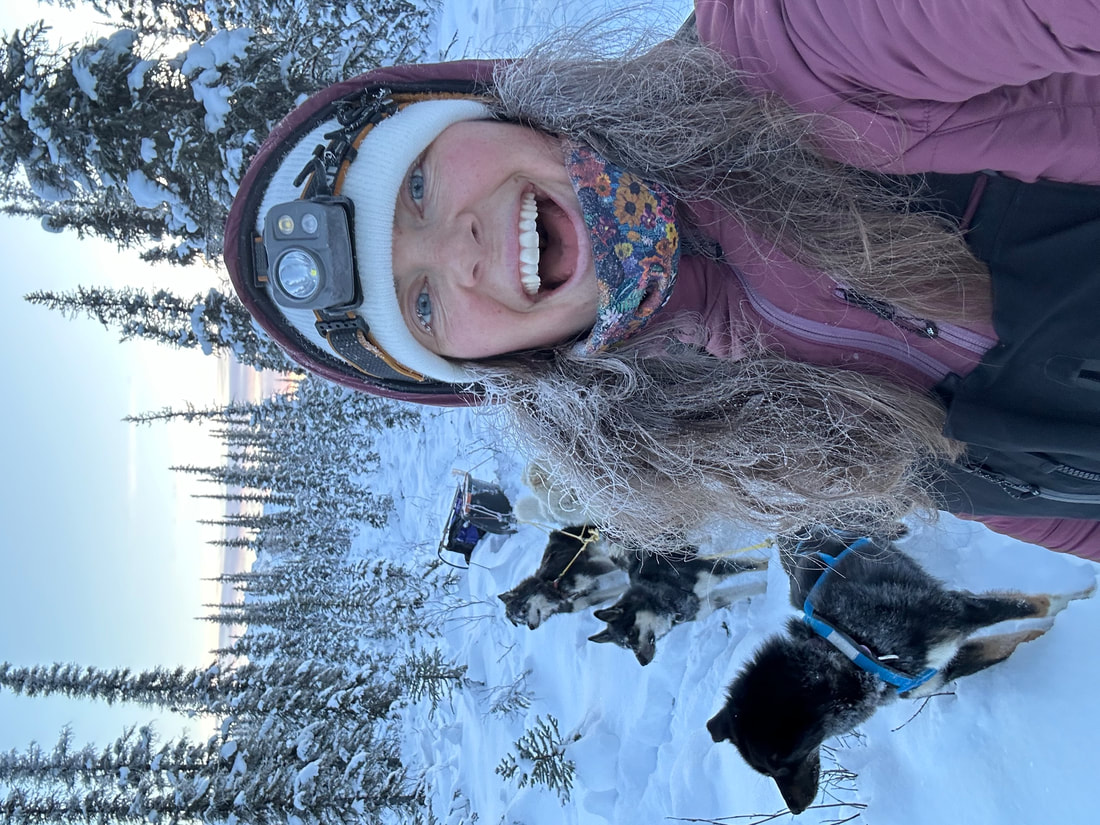
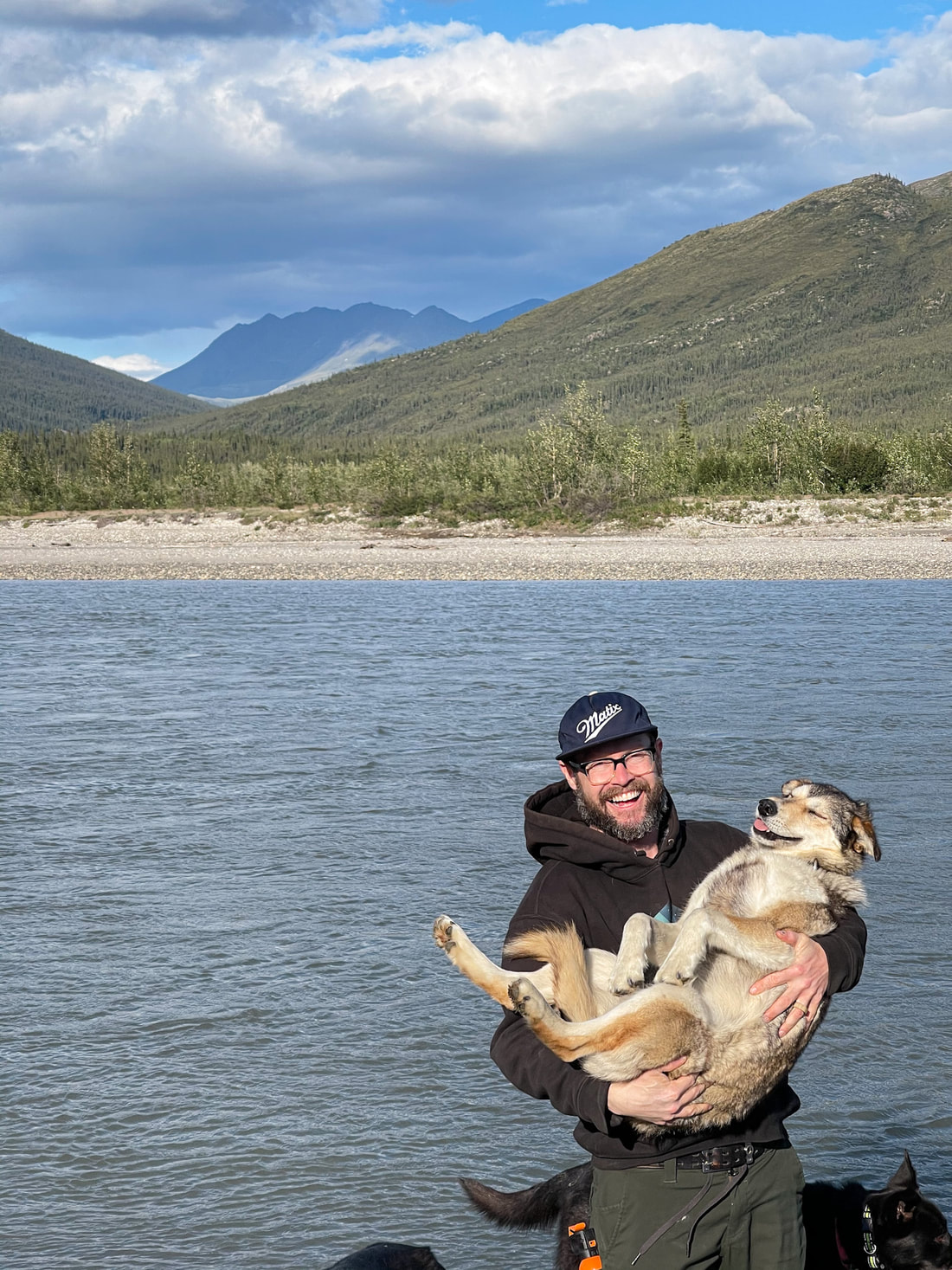
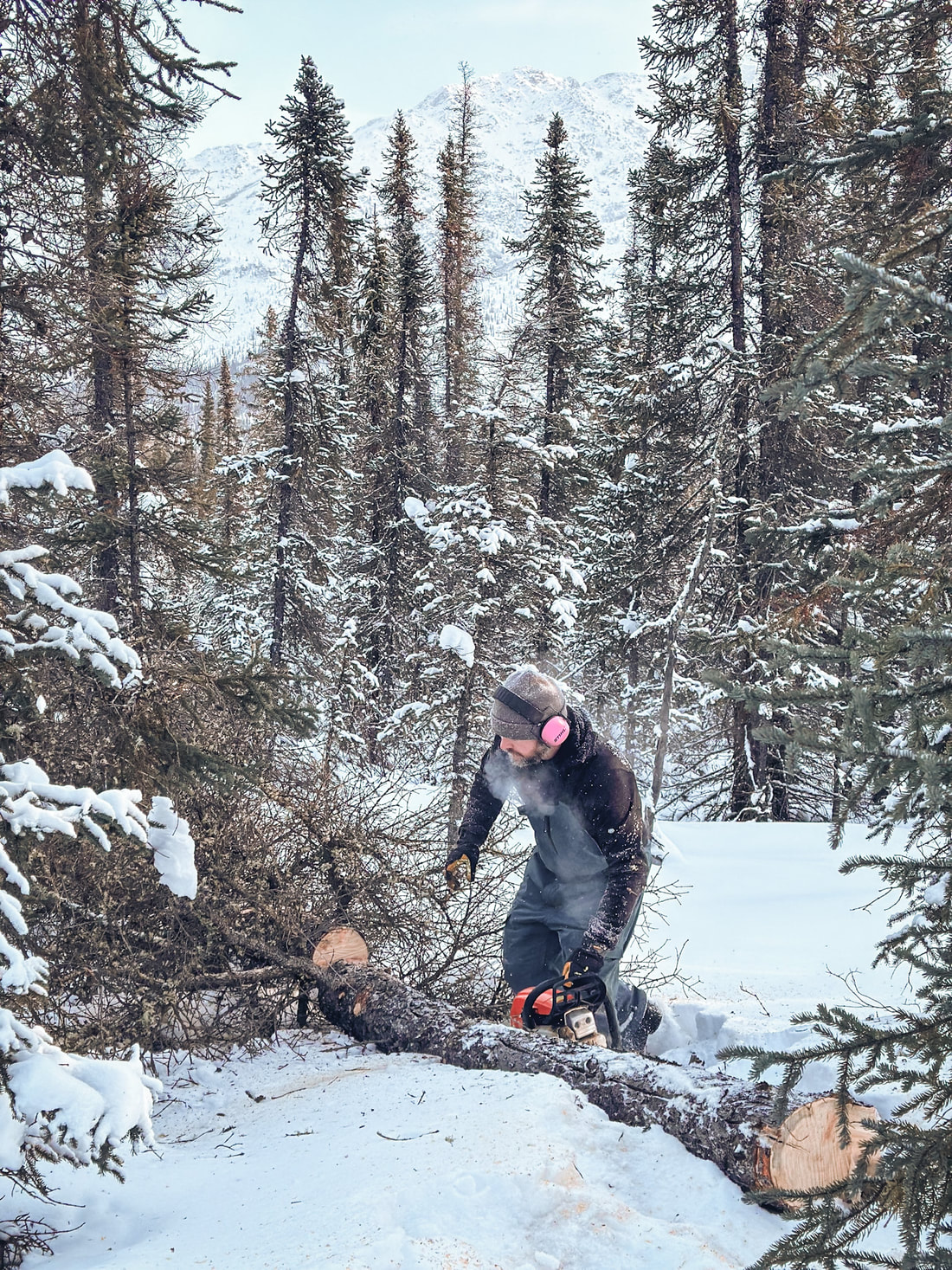
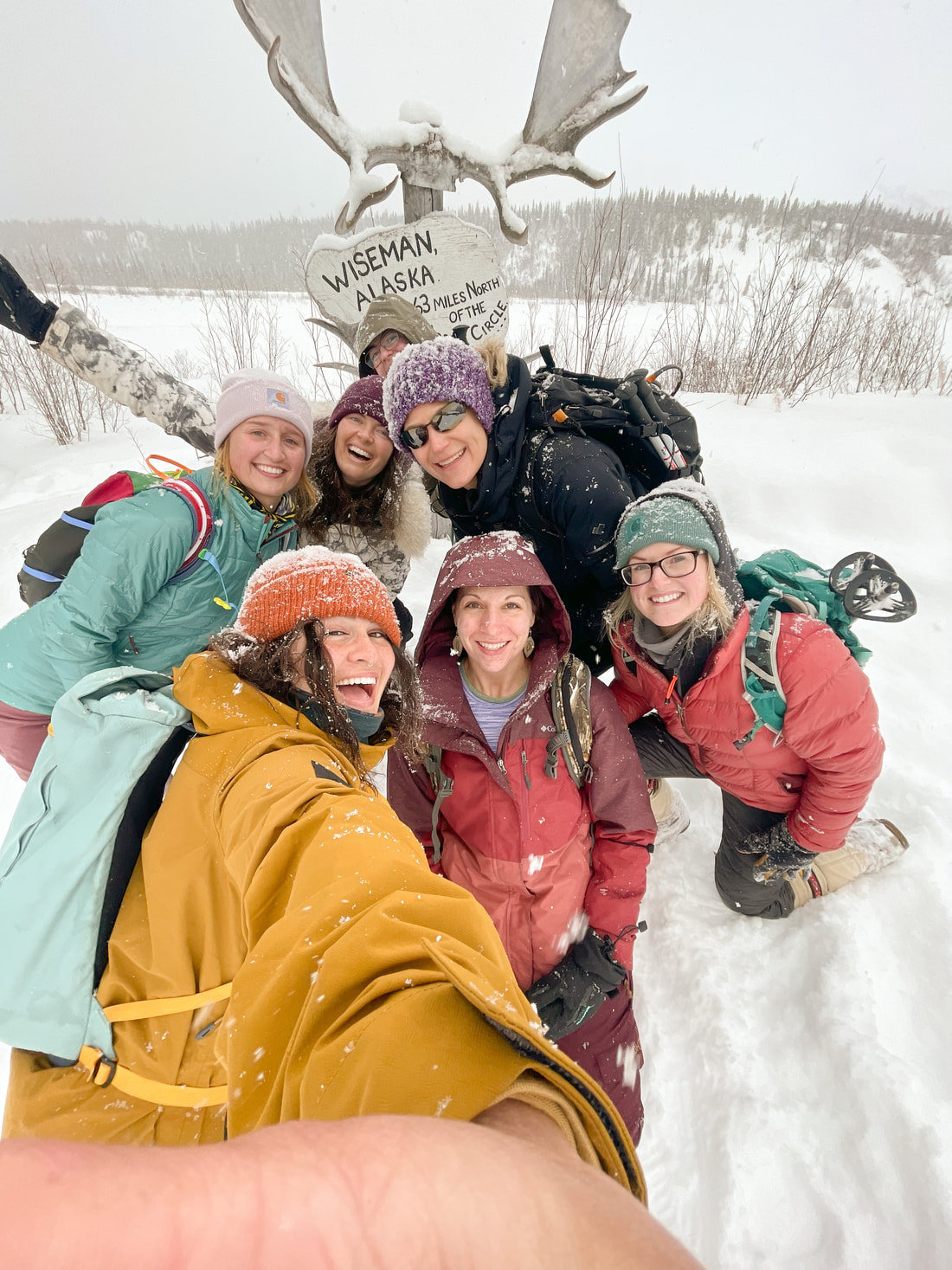
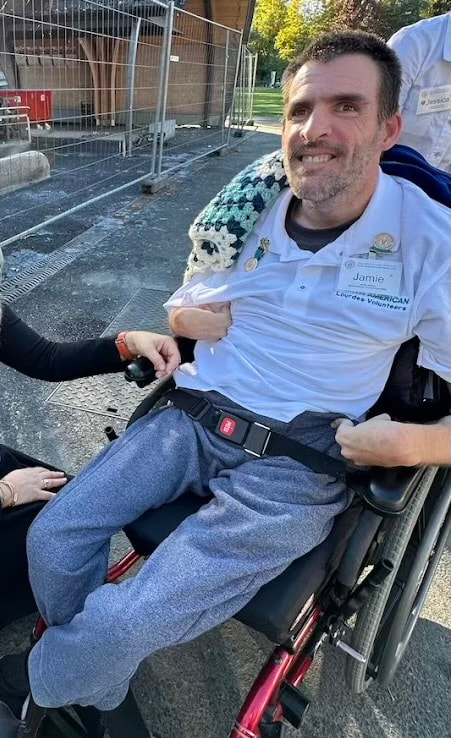
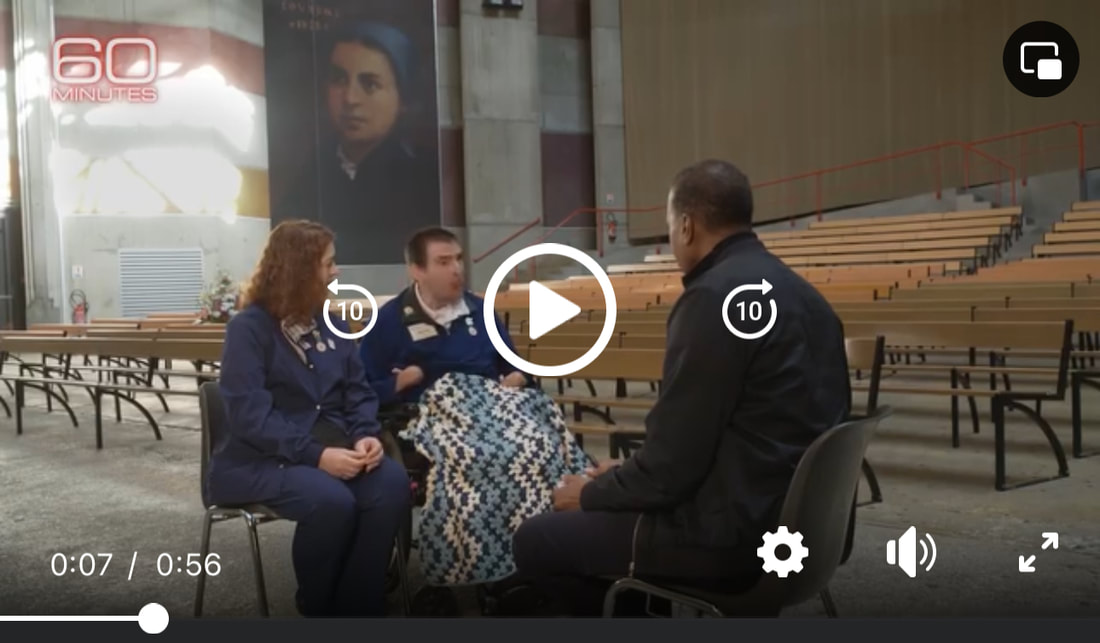
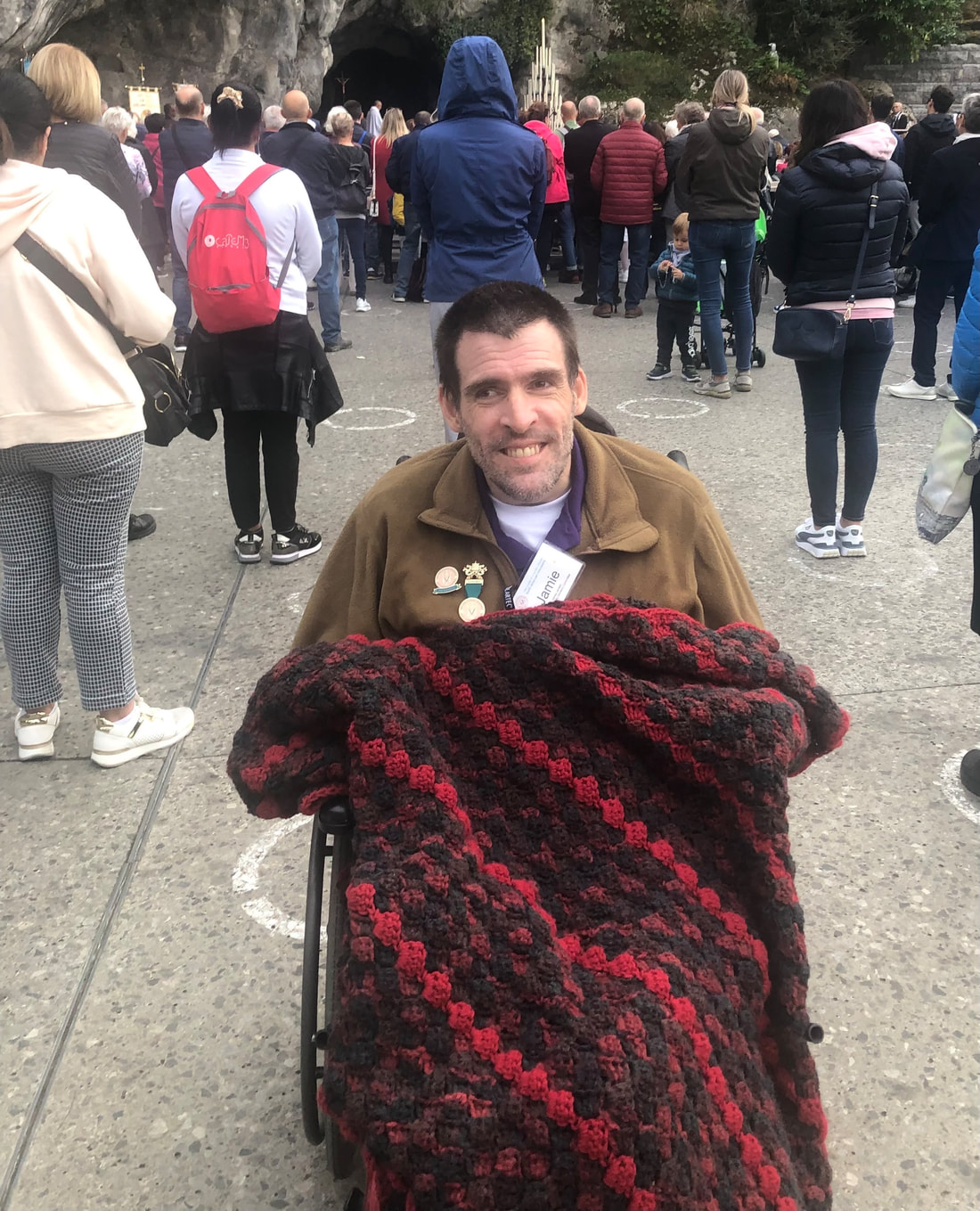
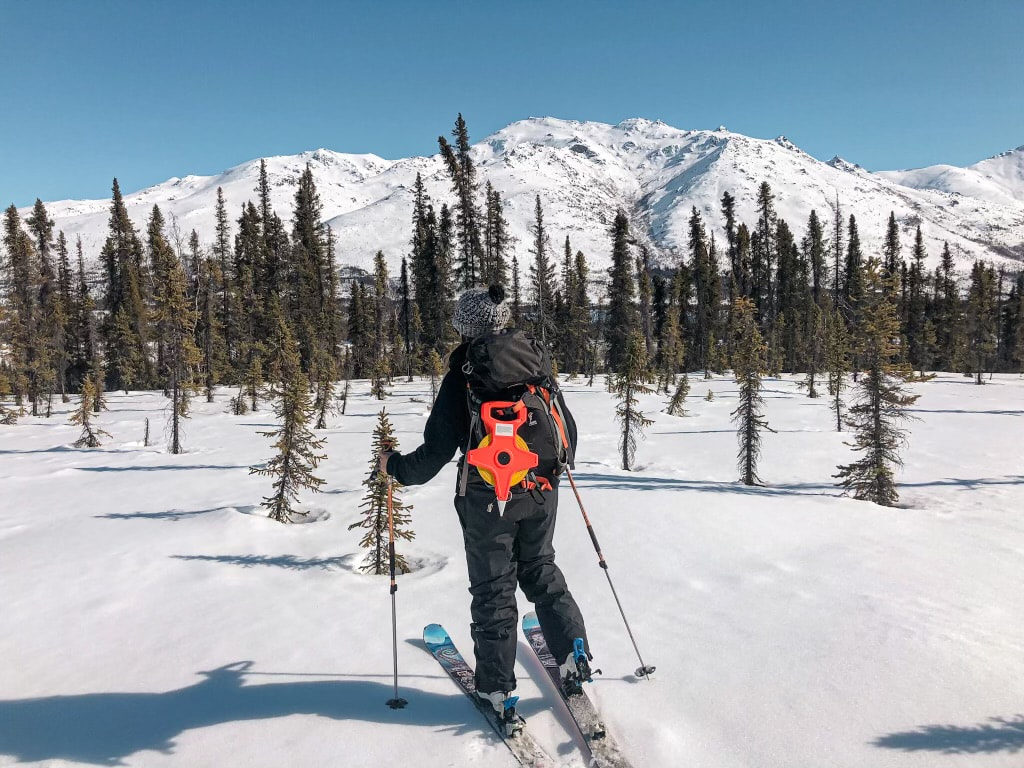
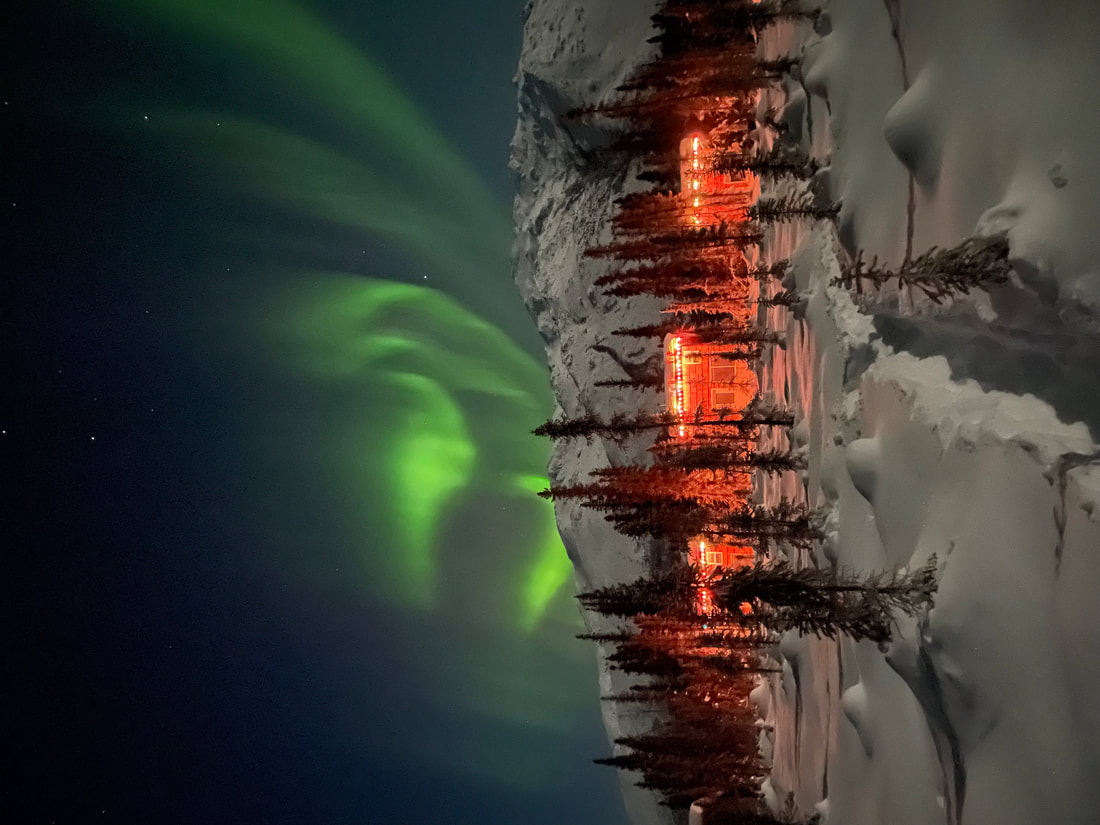
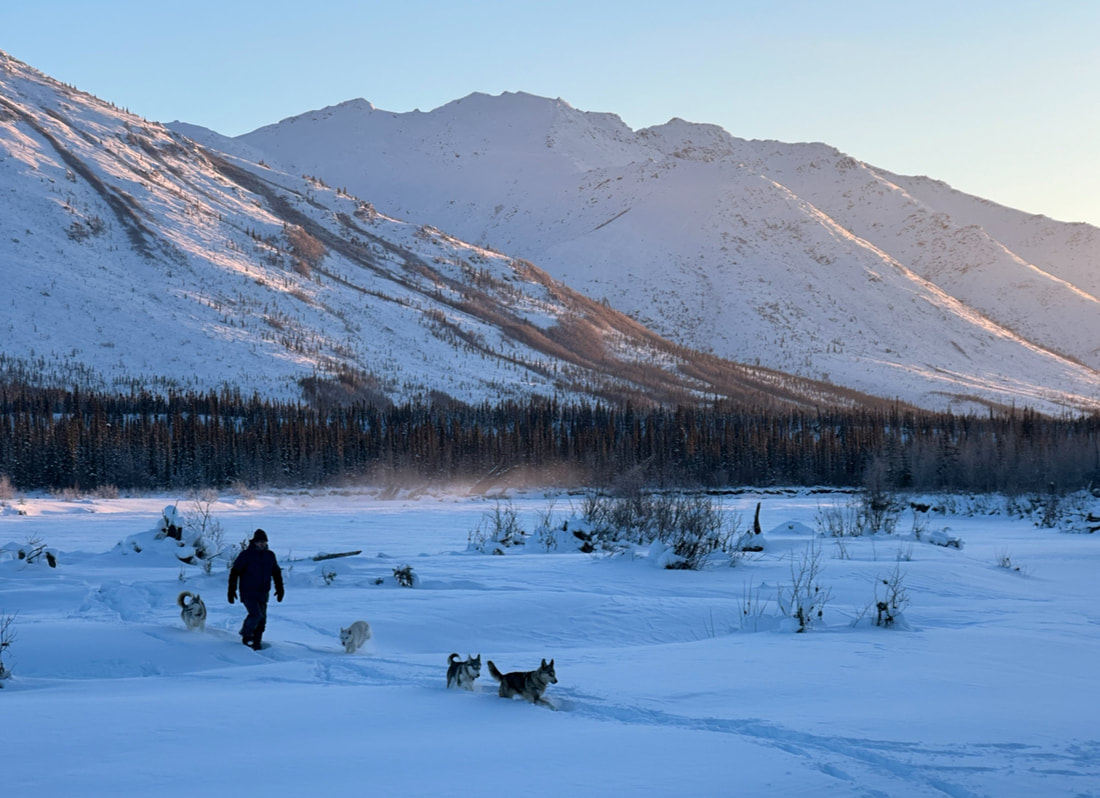
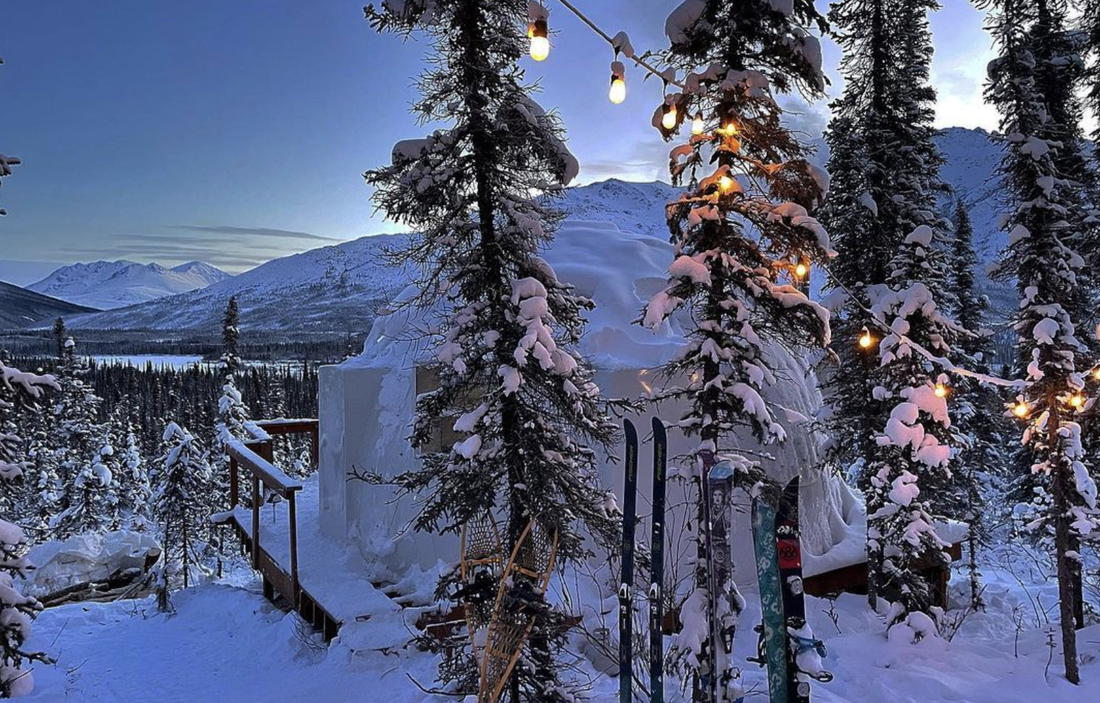
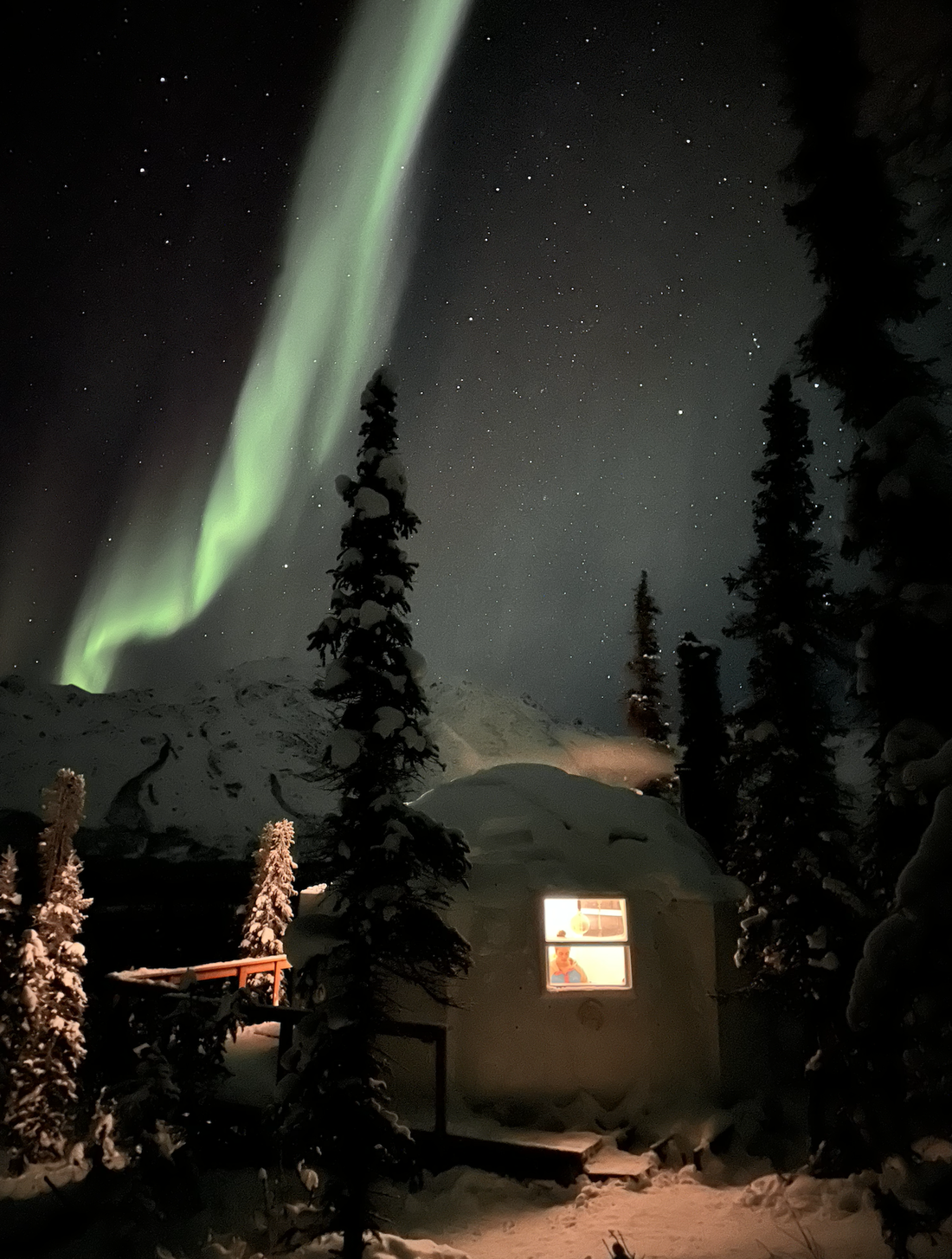
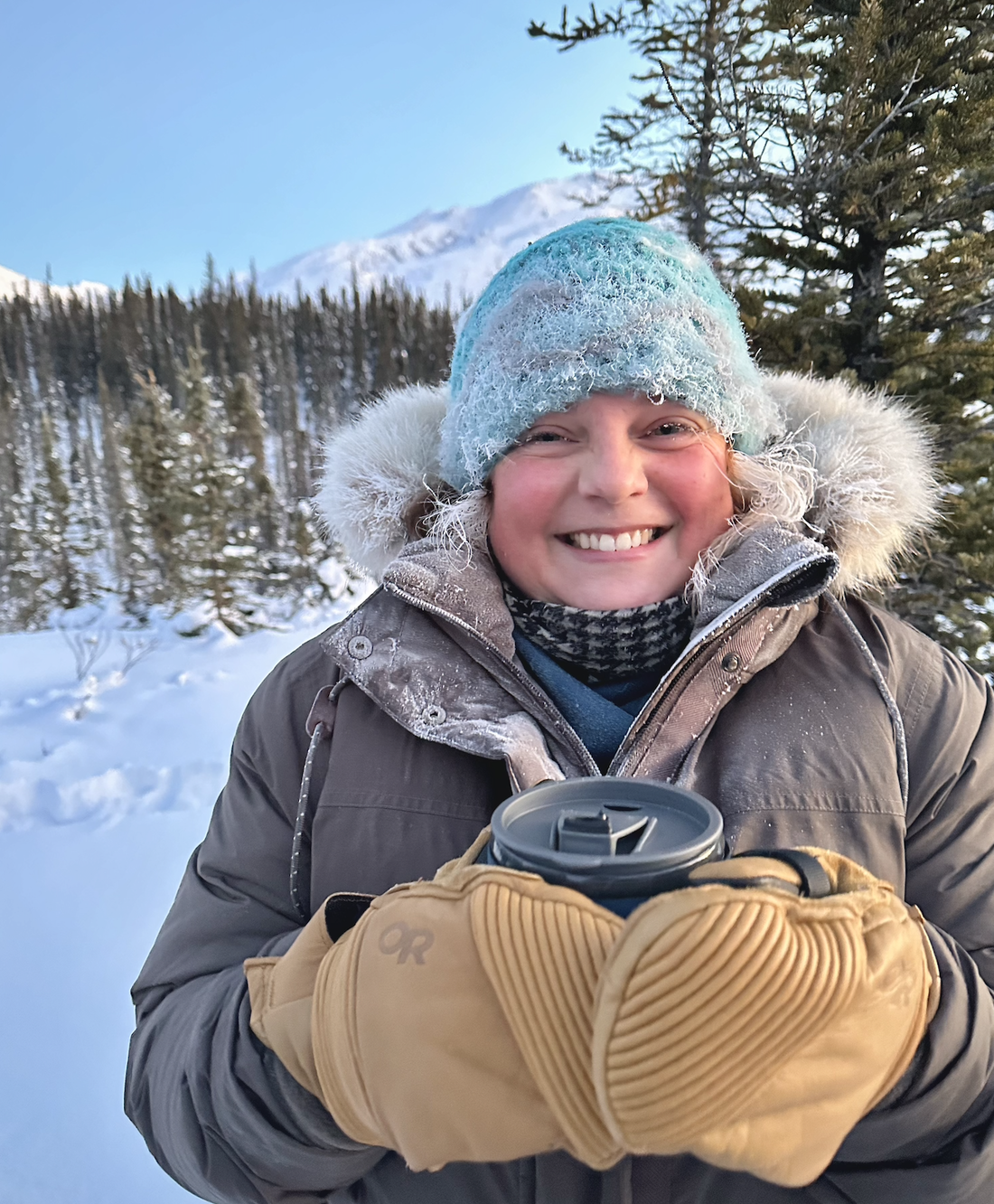
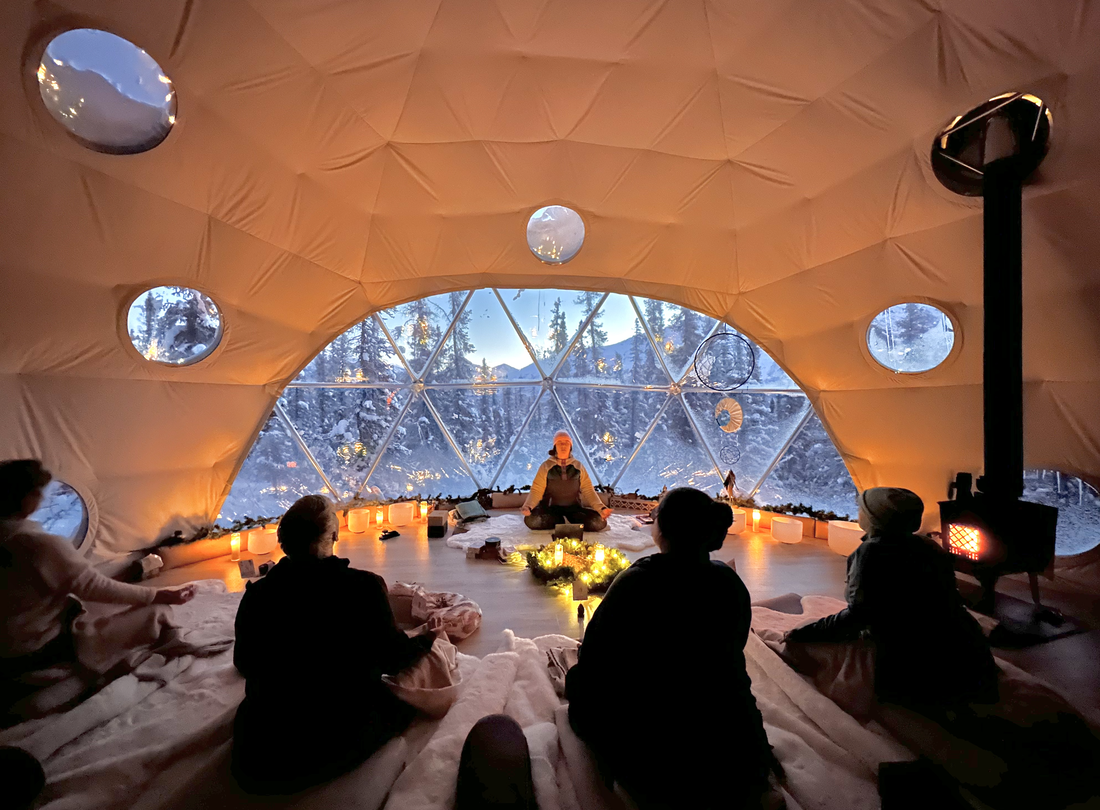
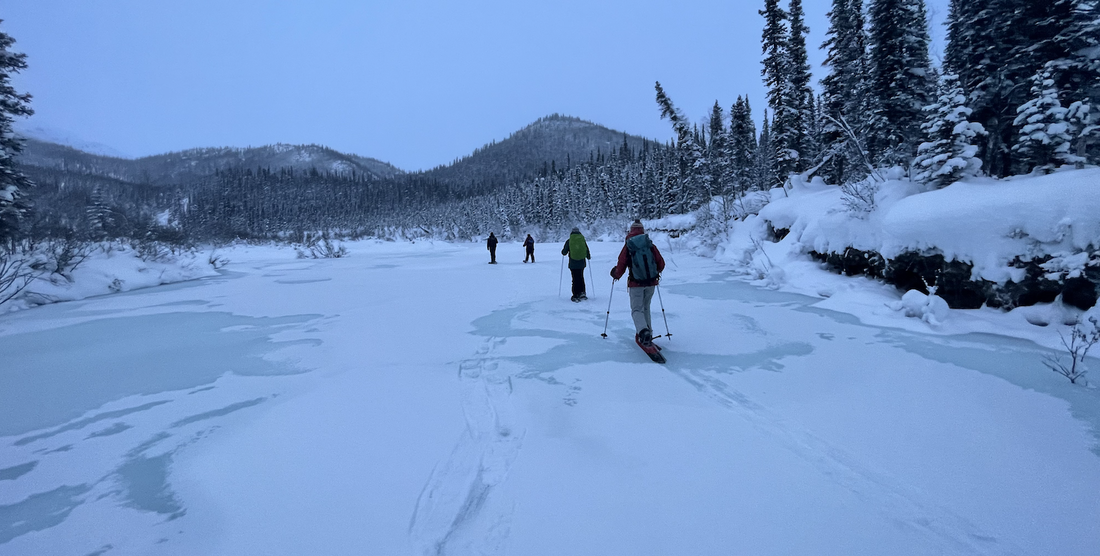
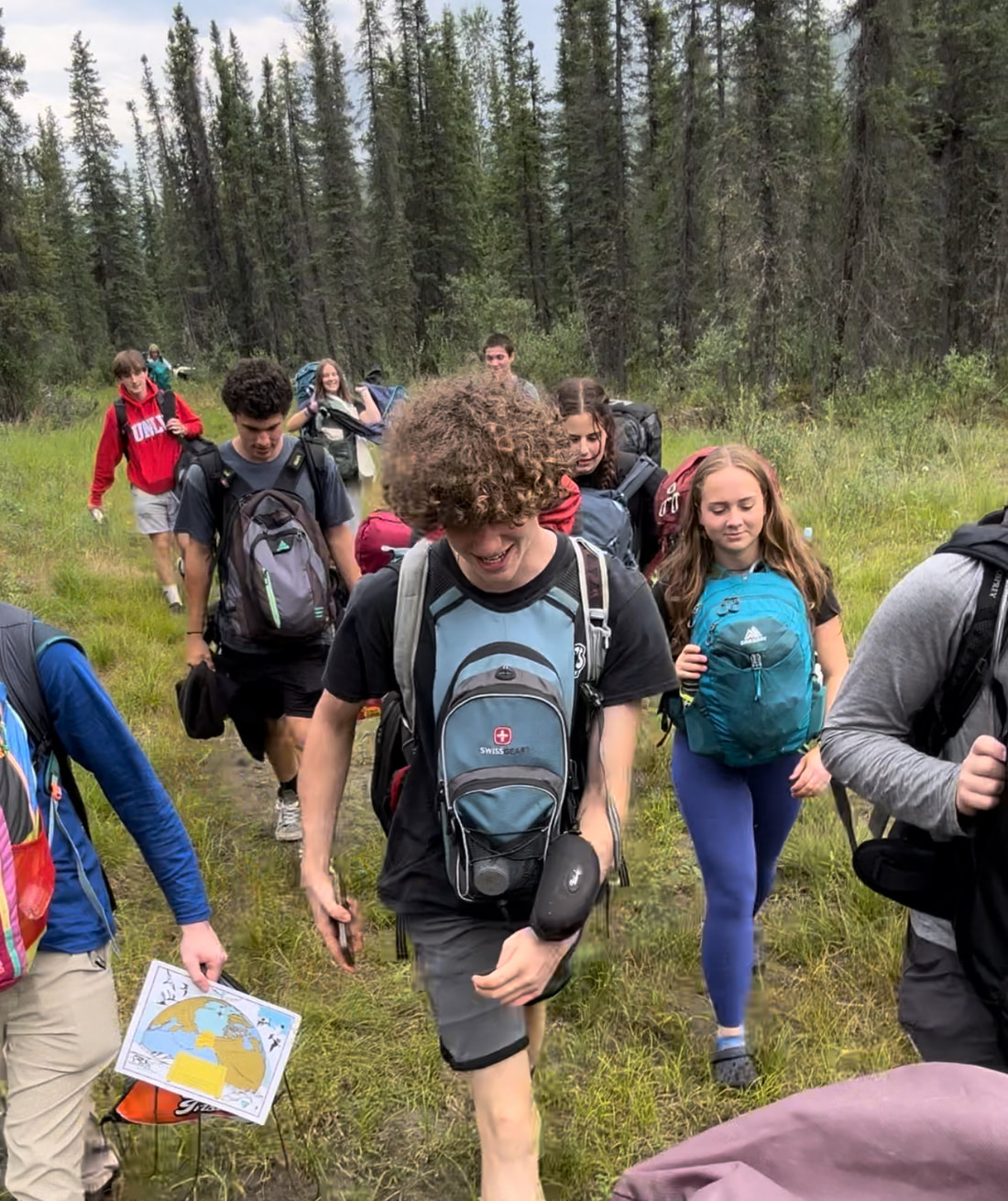
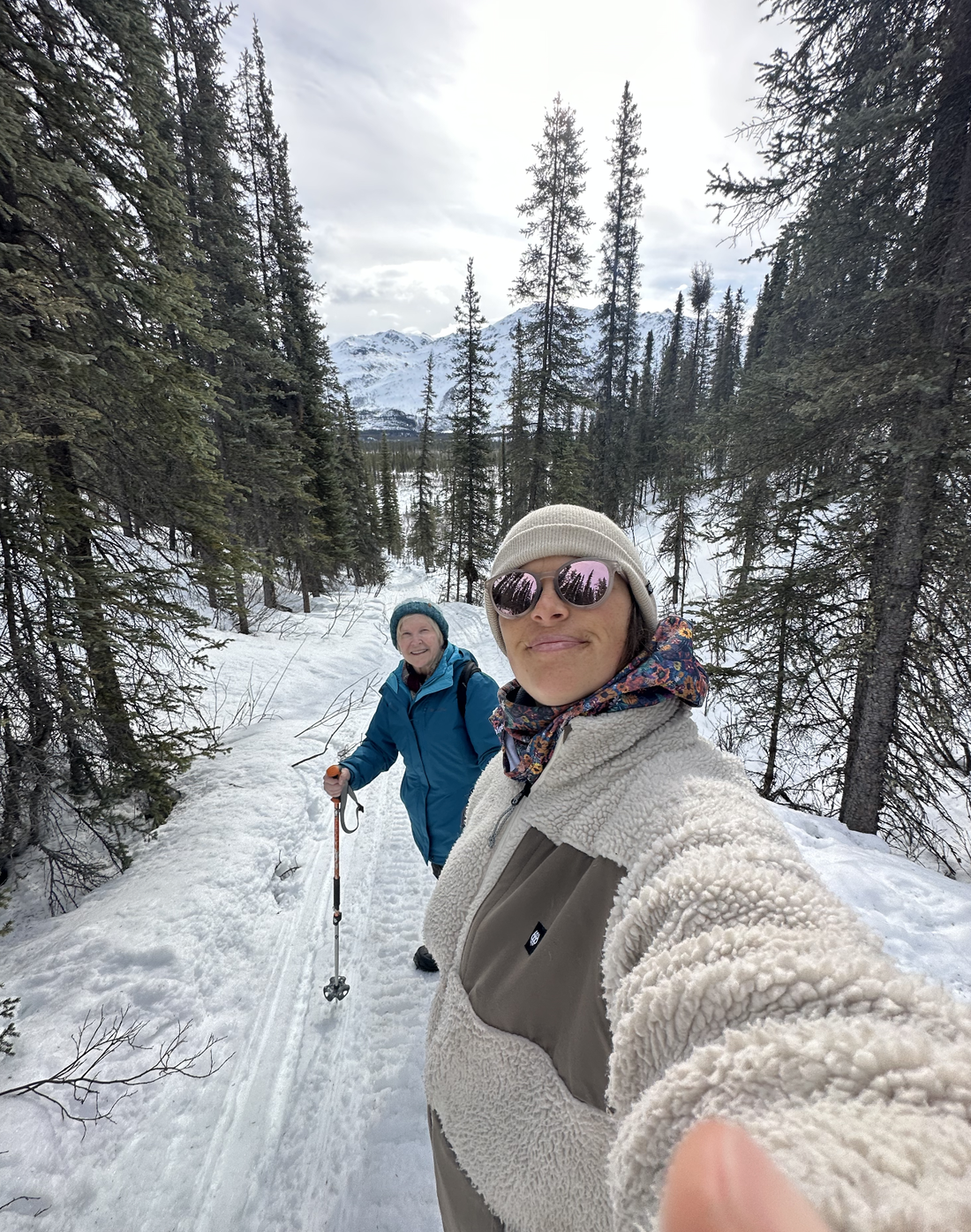
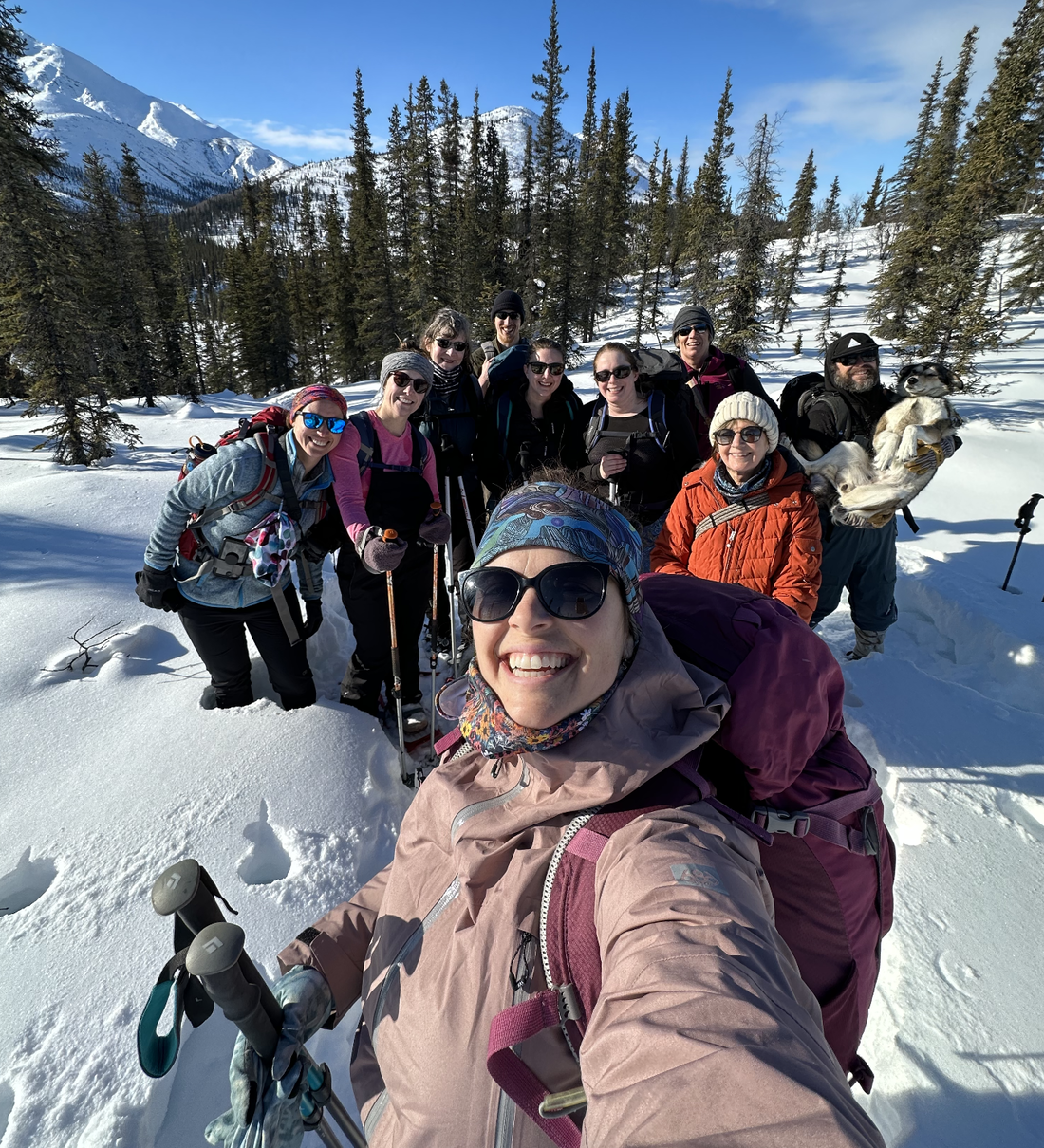
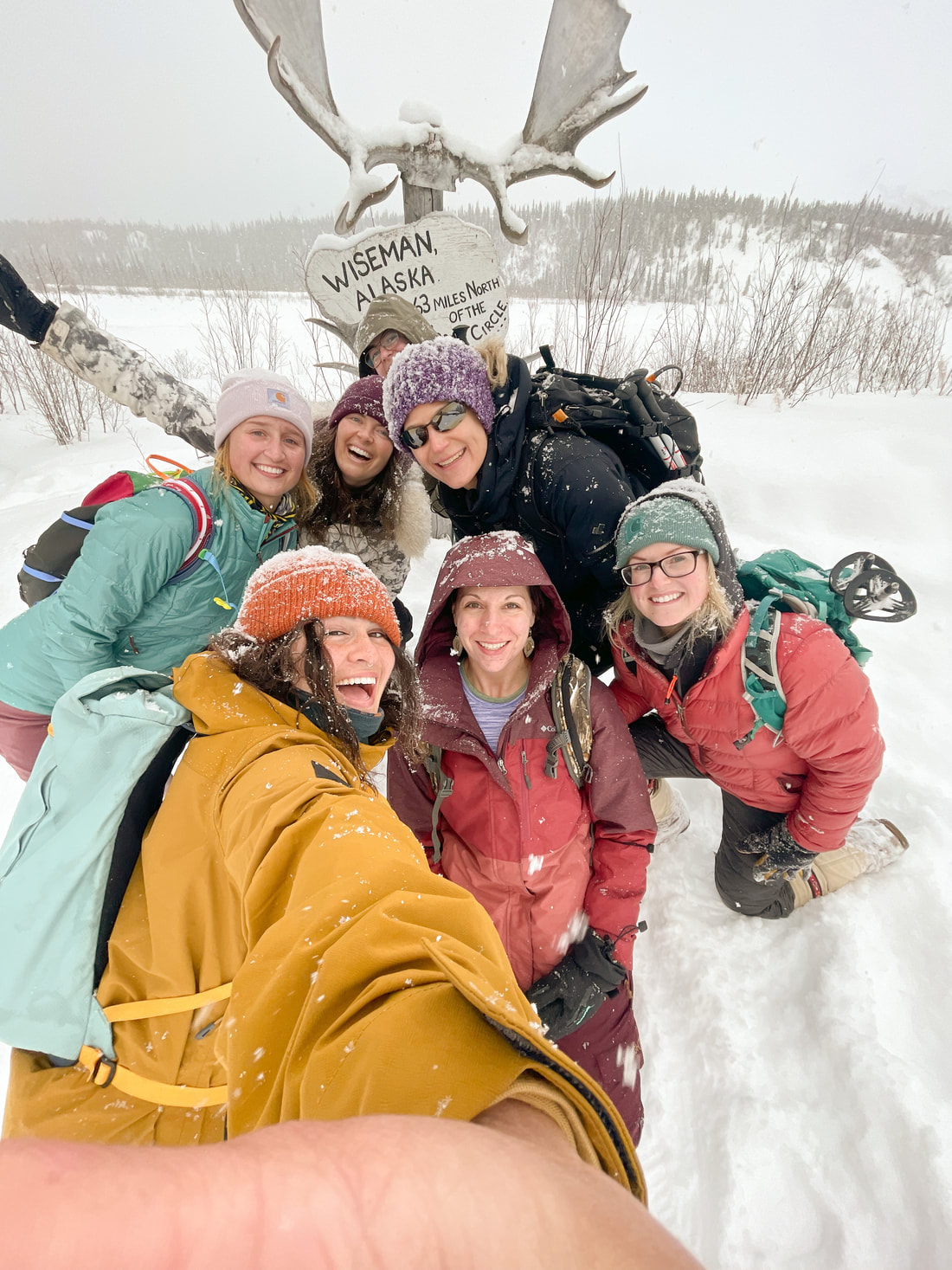
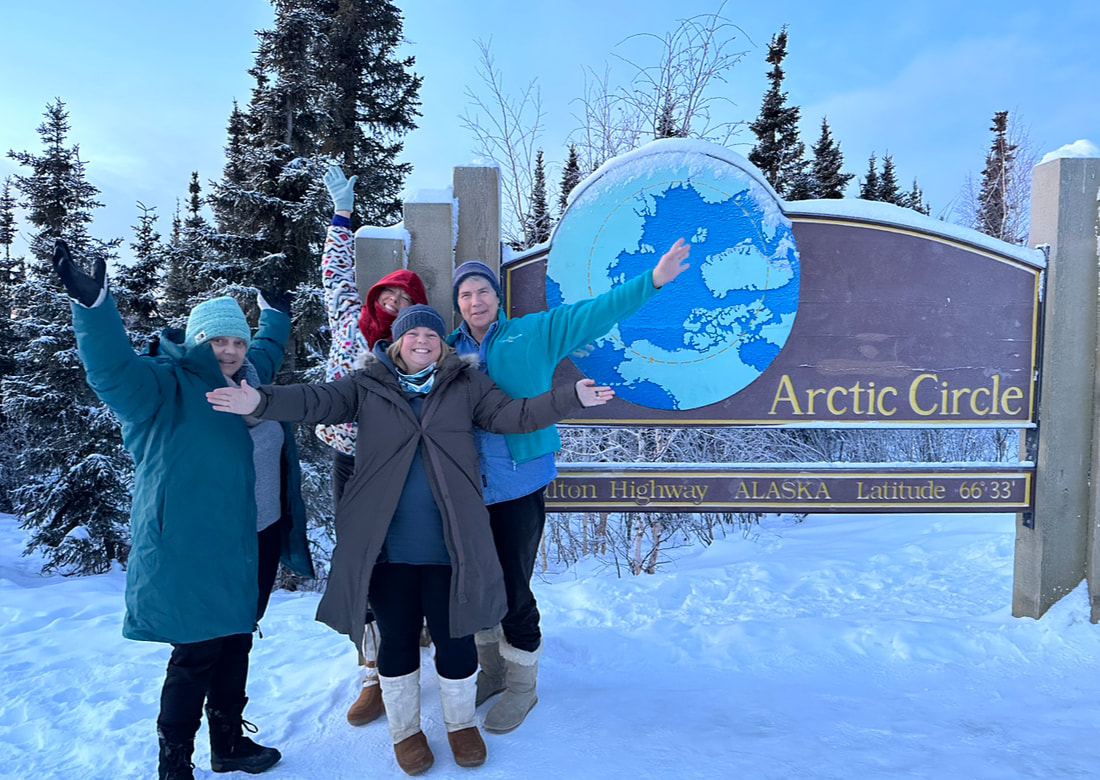
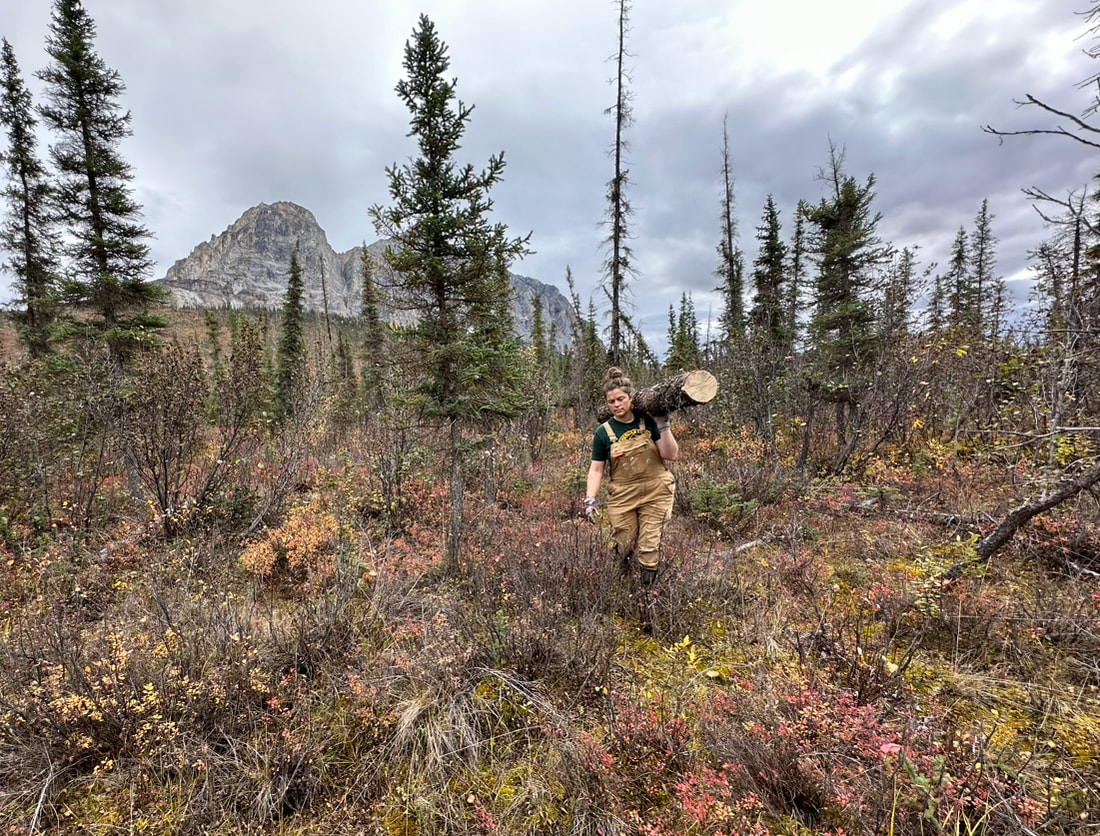
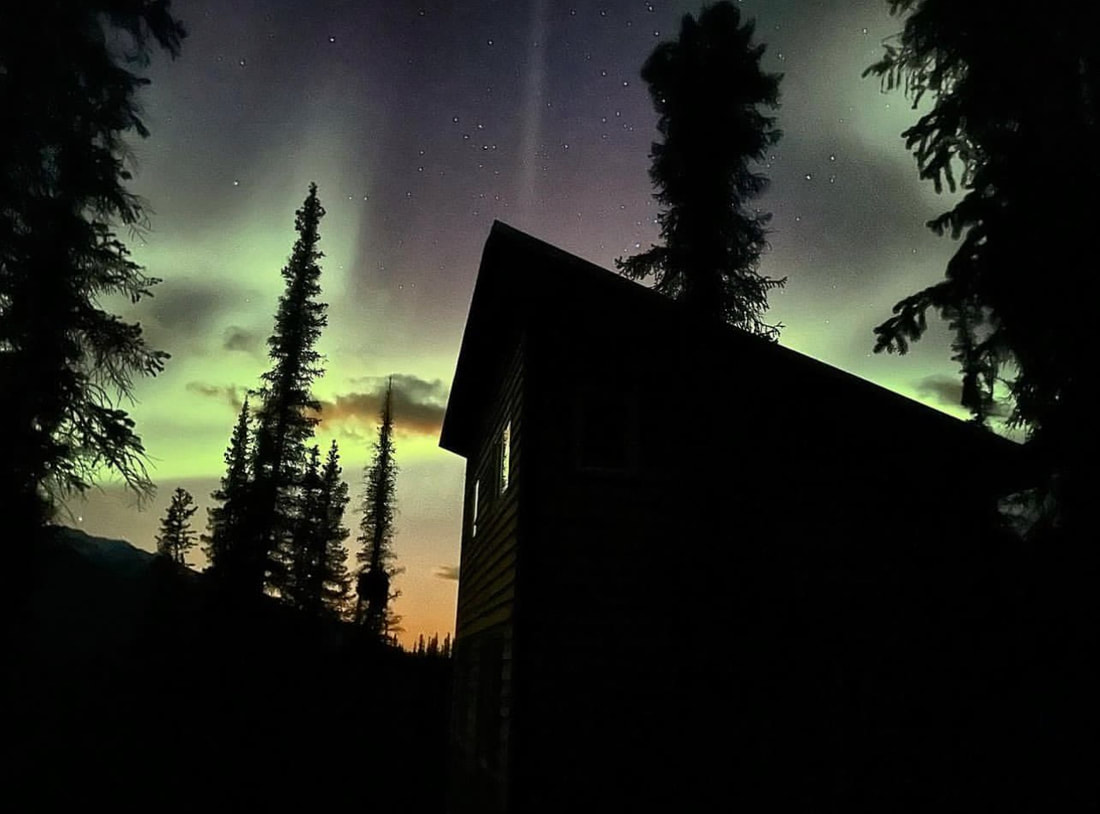
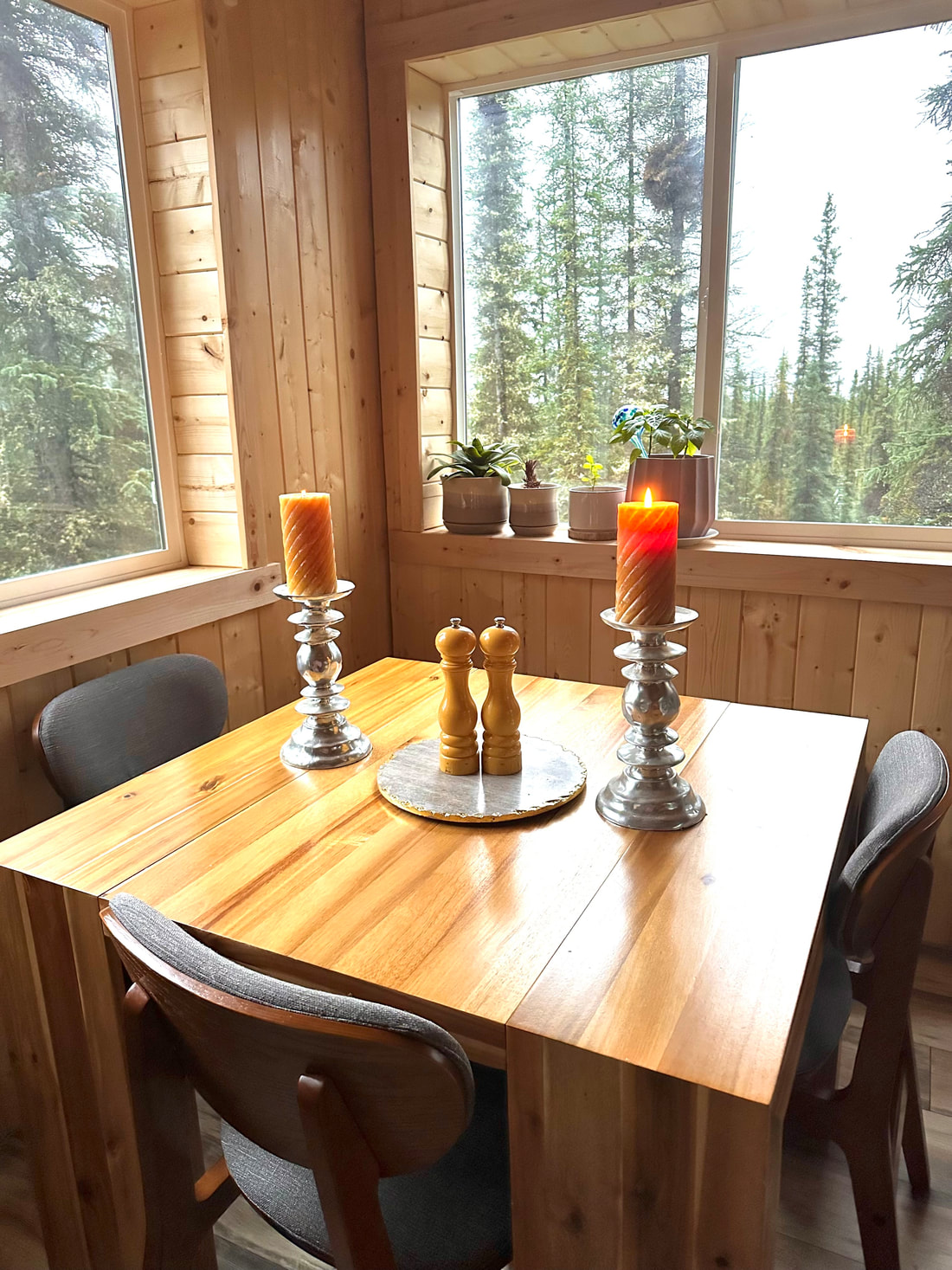
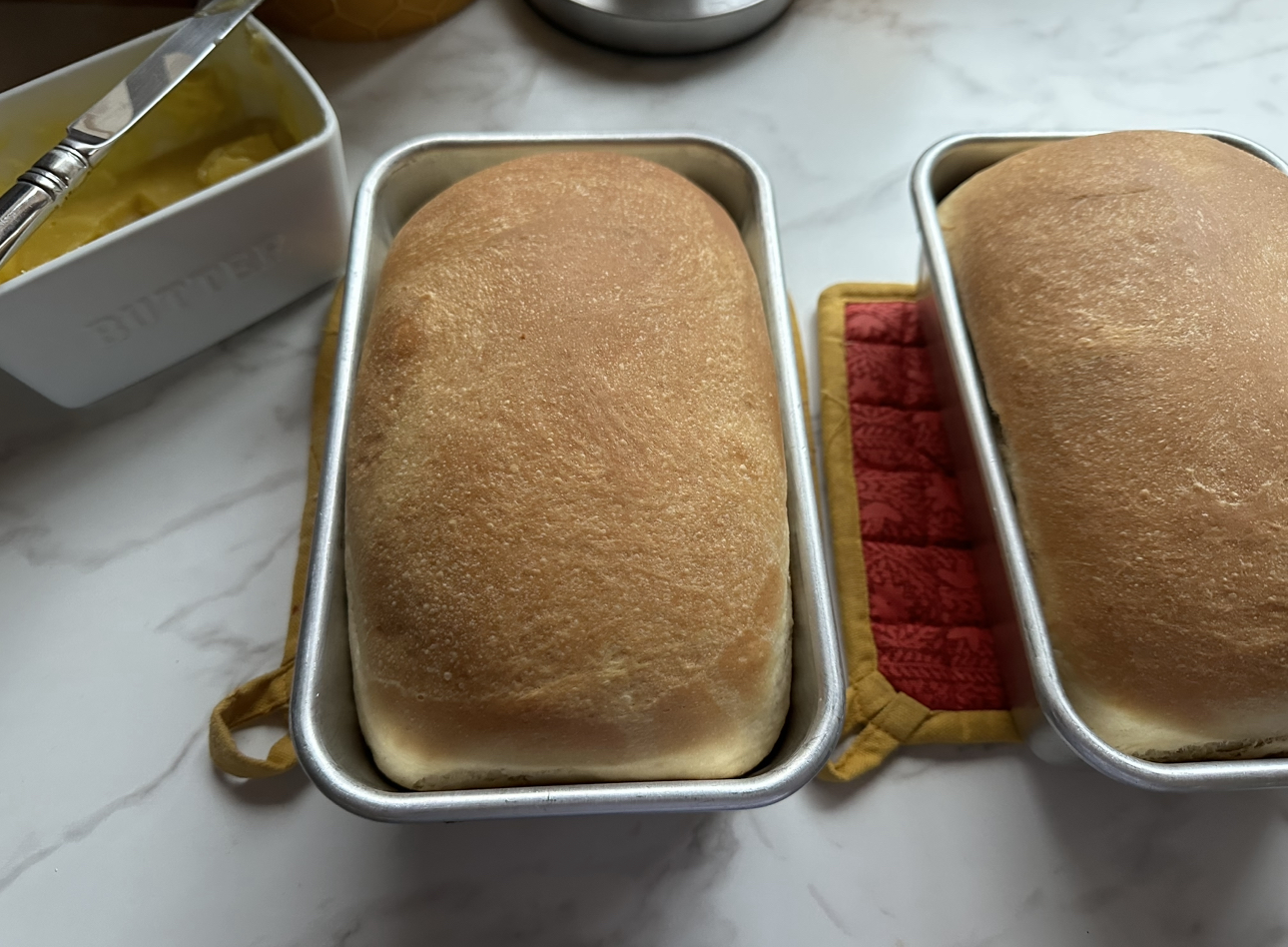
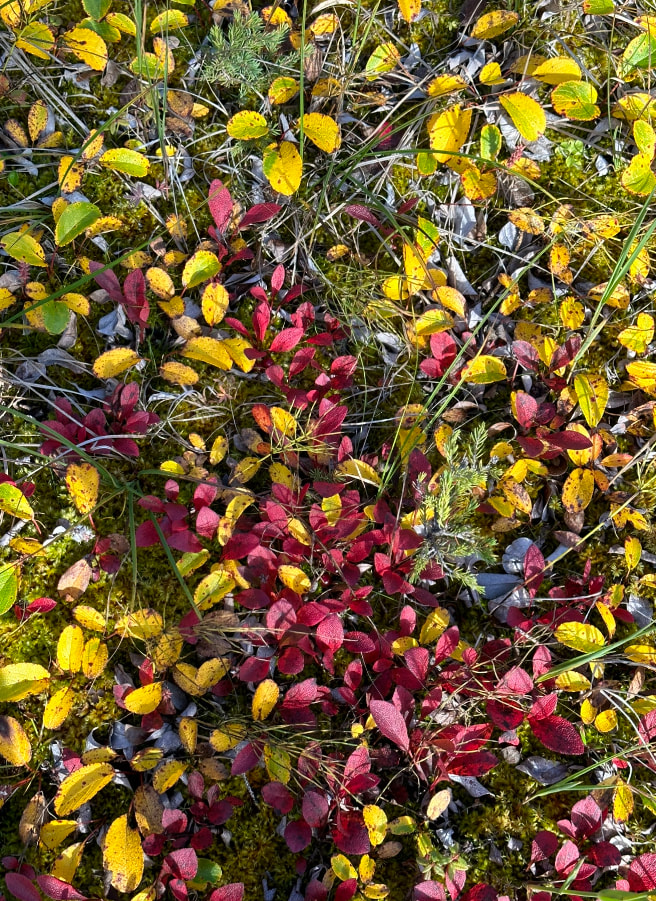
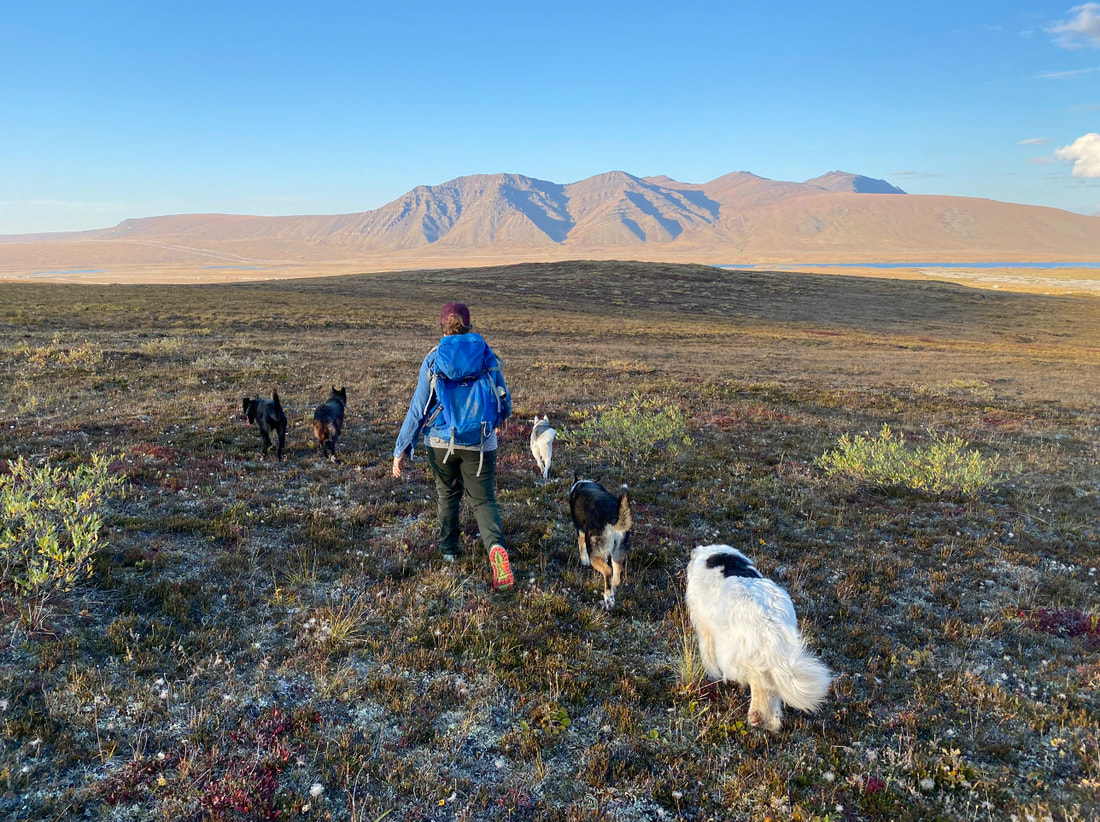
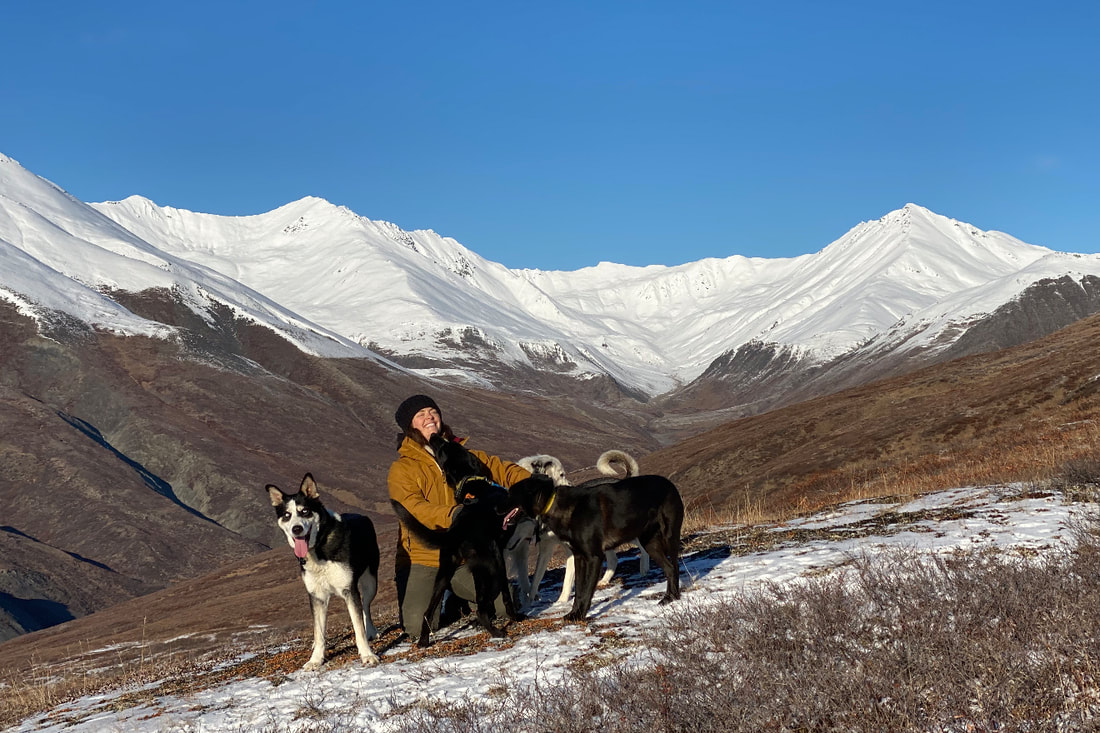
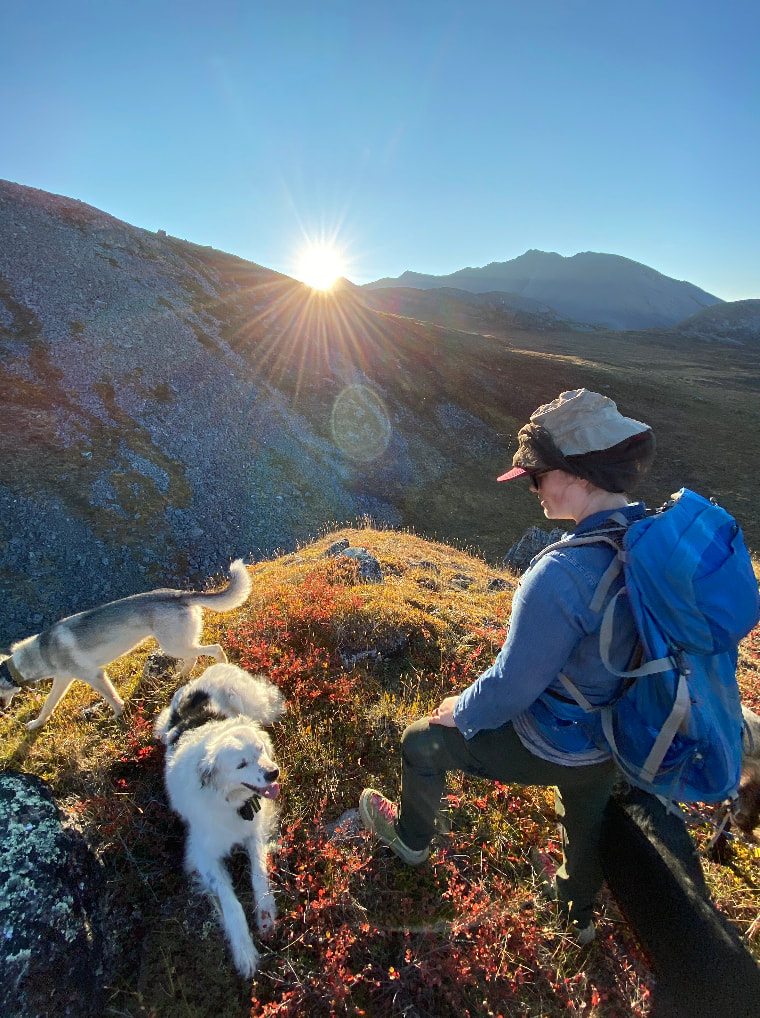
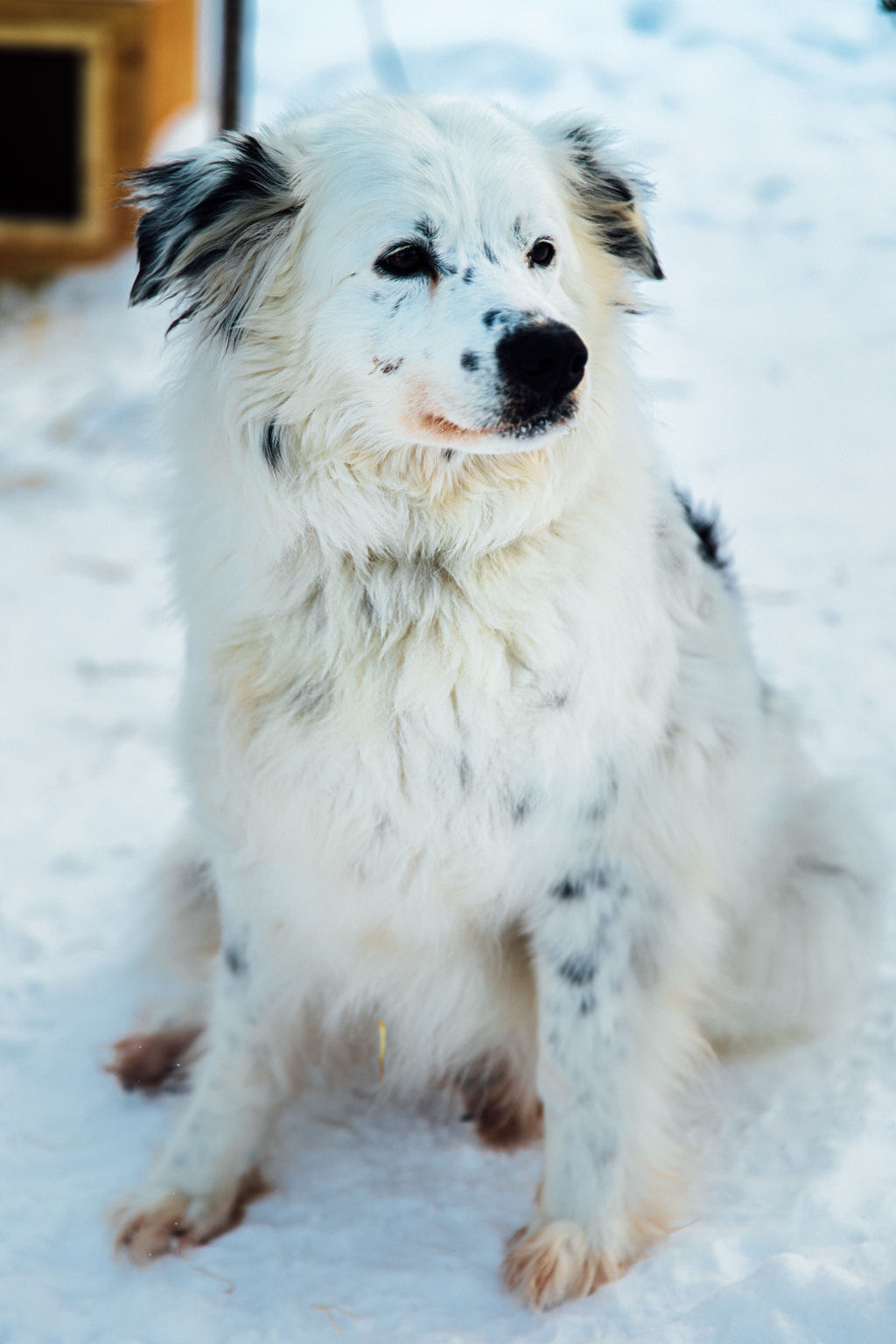
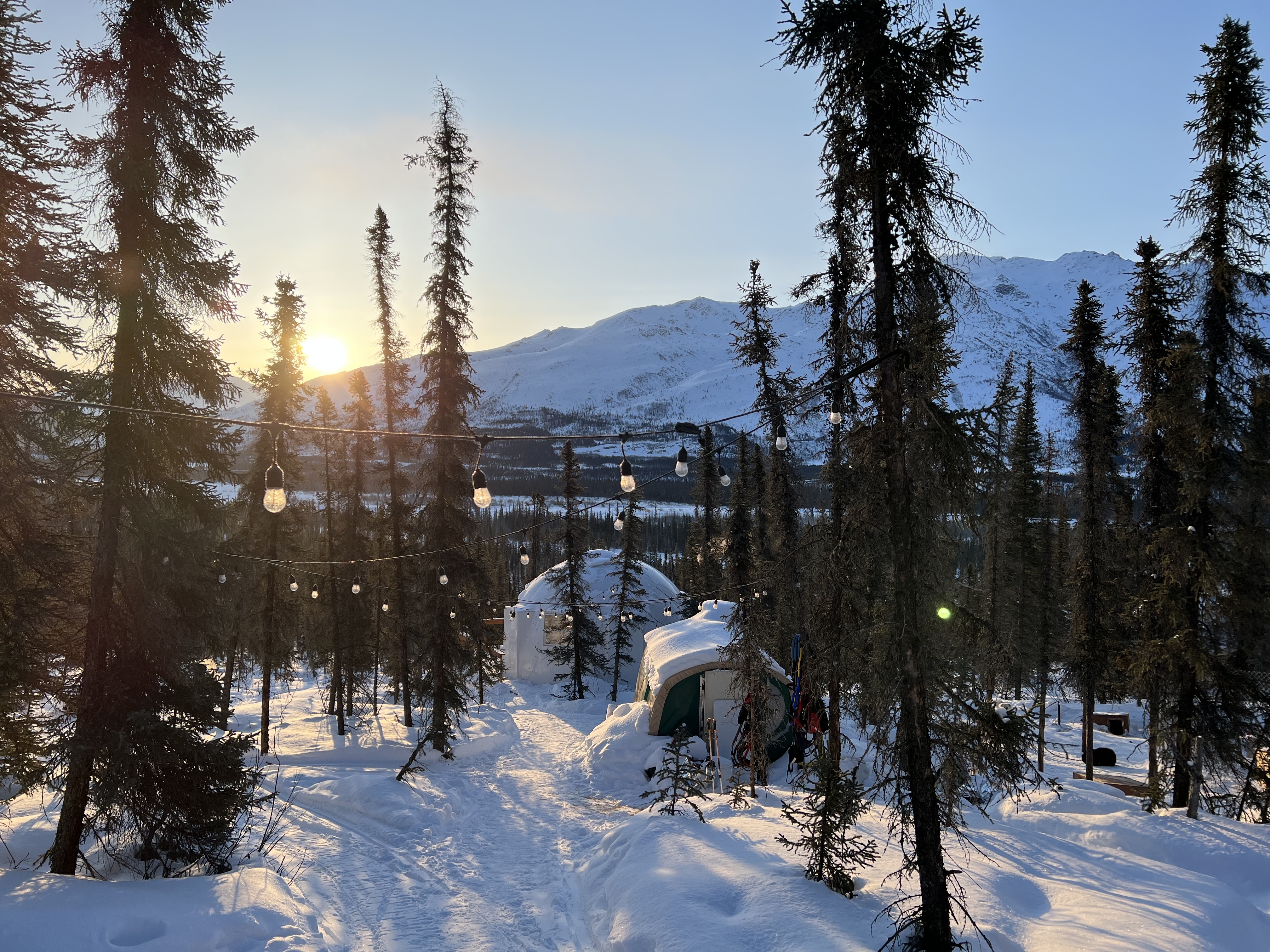
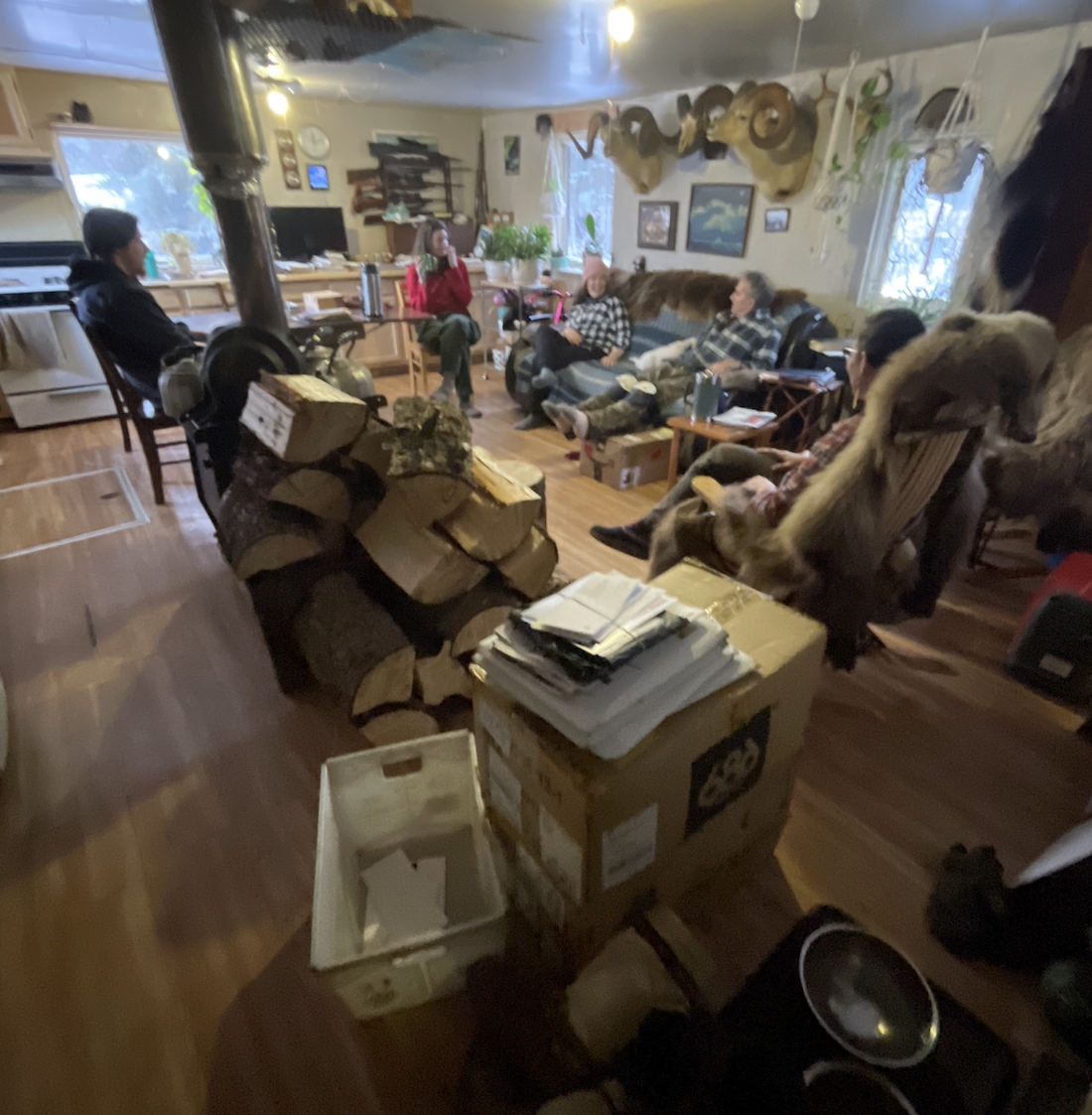
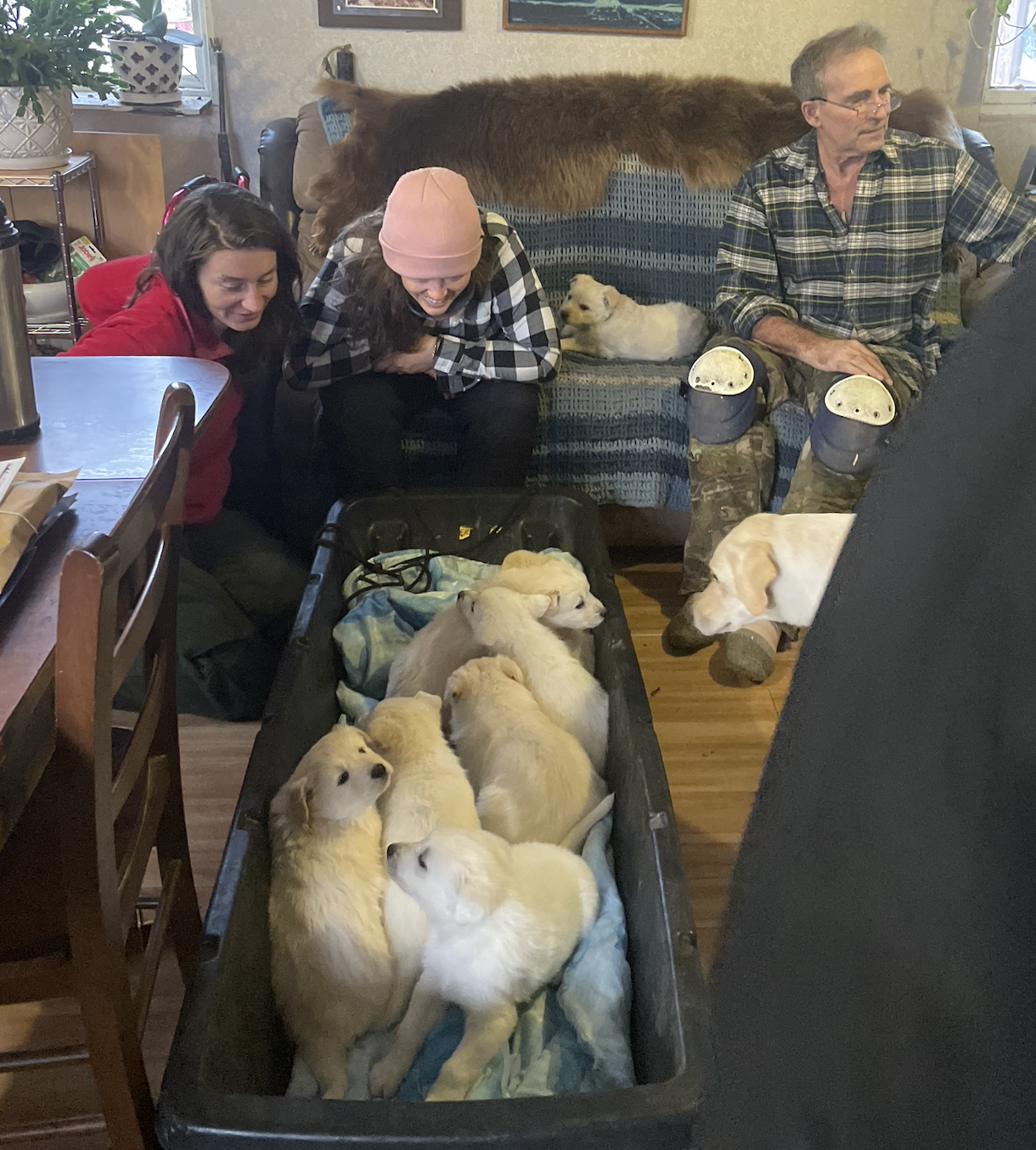
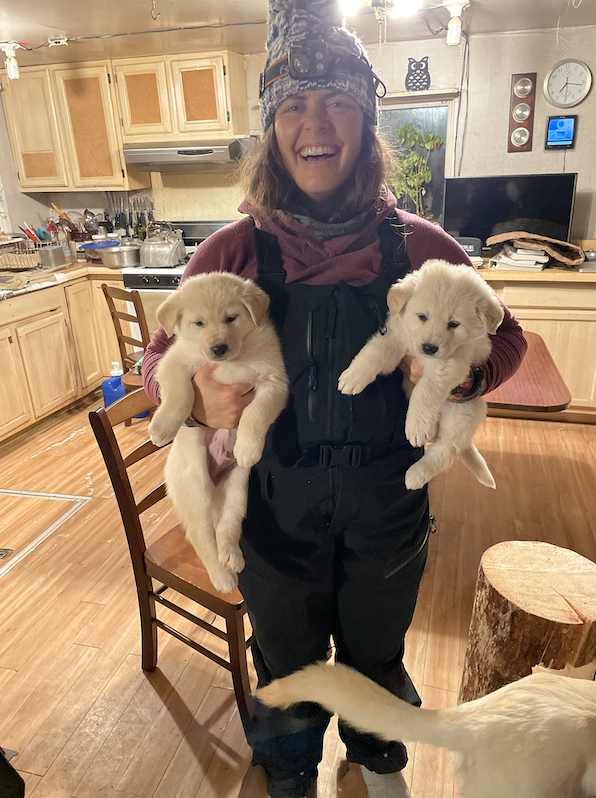
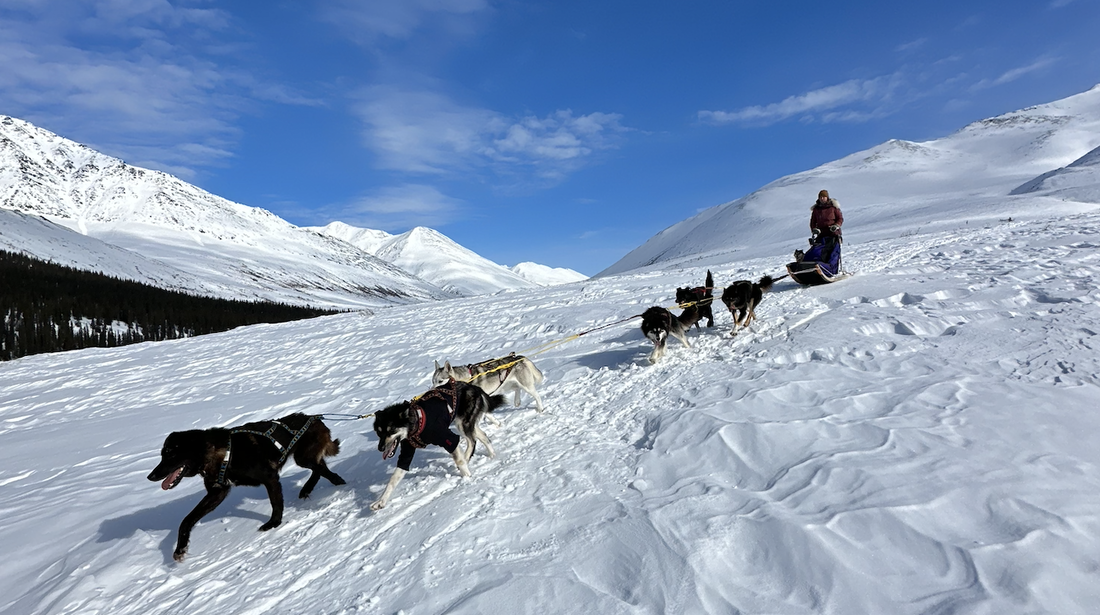
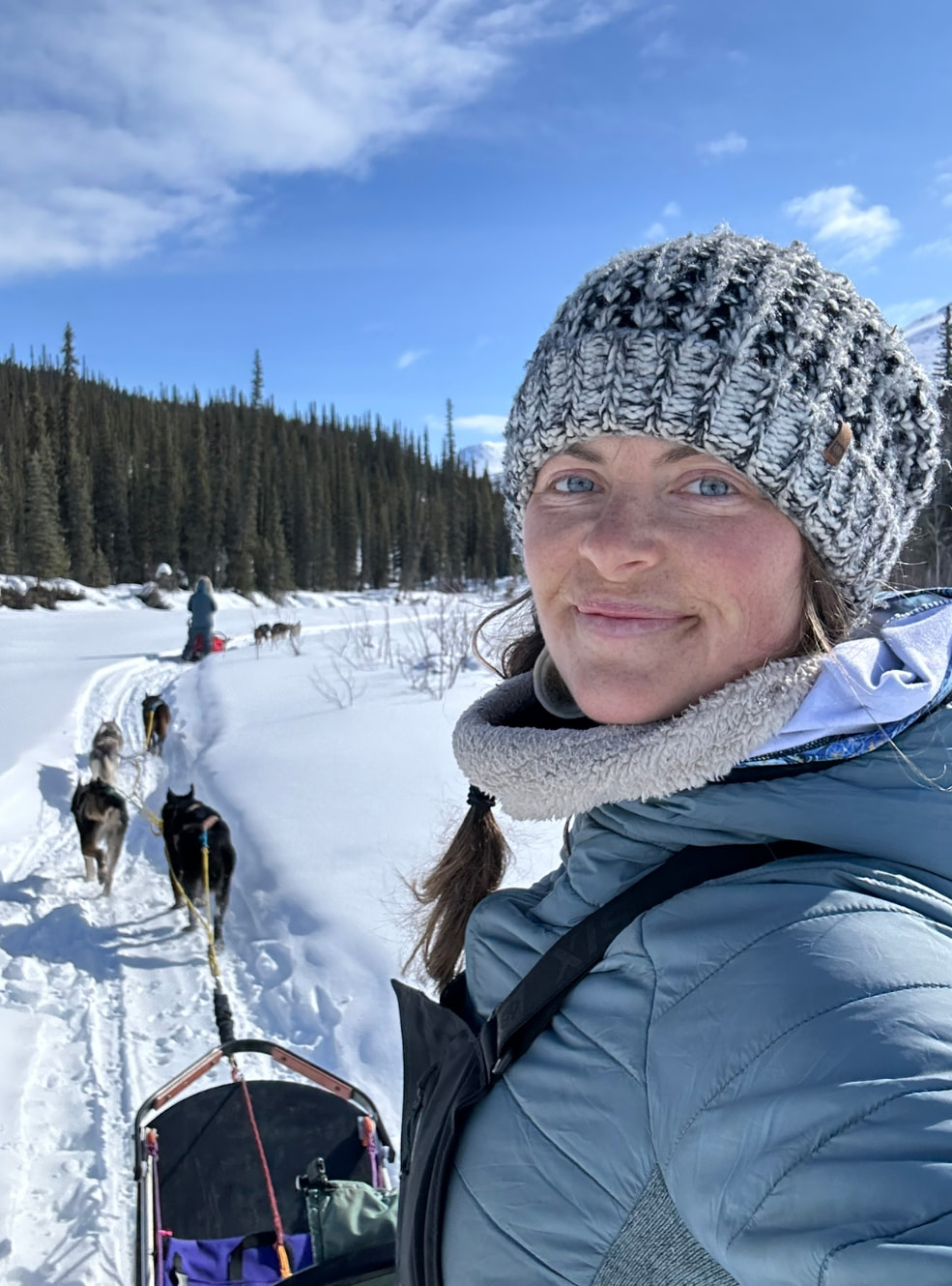
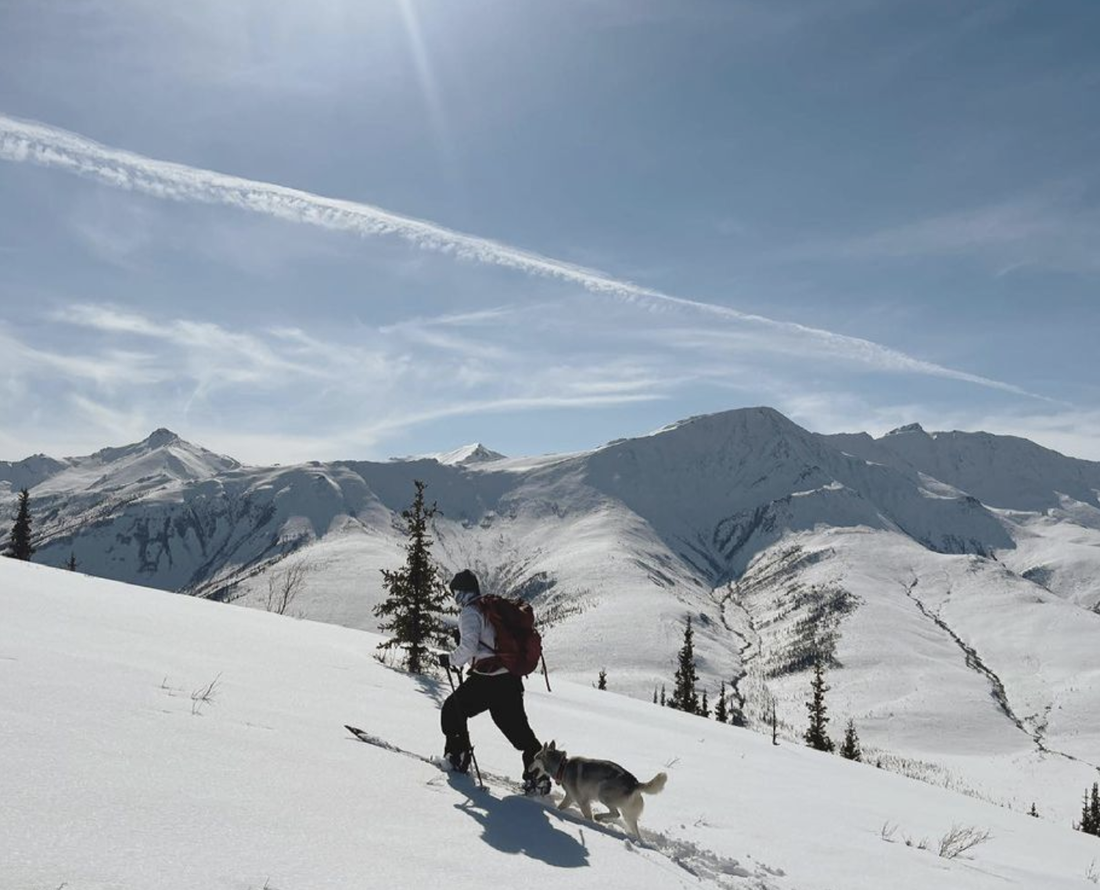
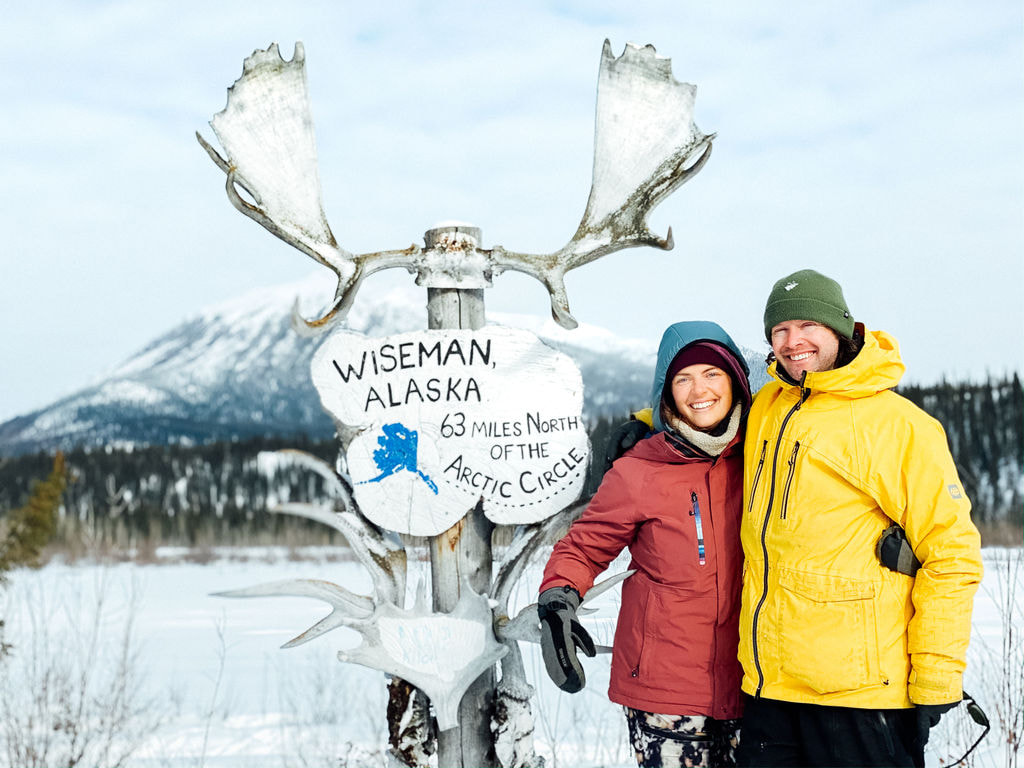
 RSS Feed
RSS Feed